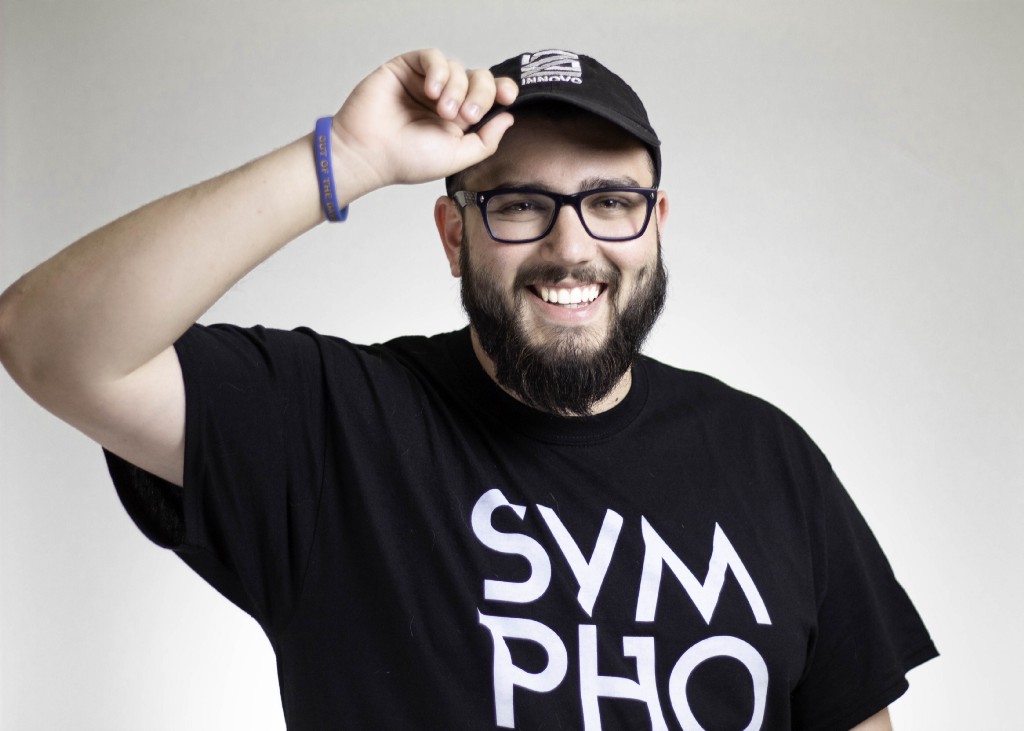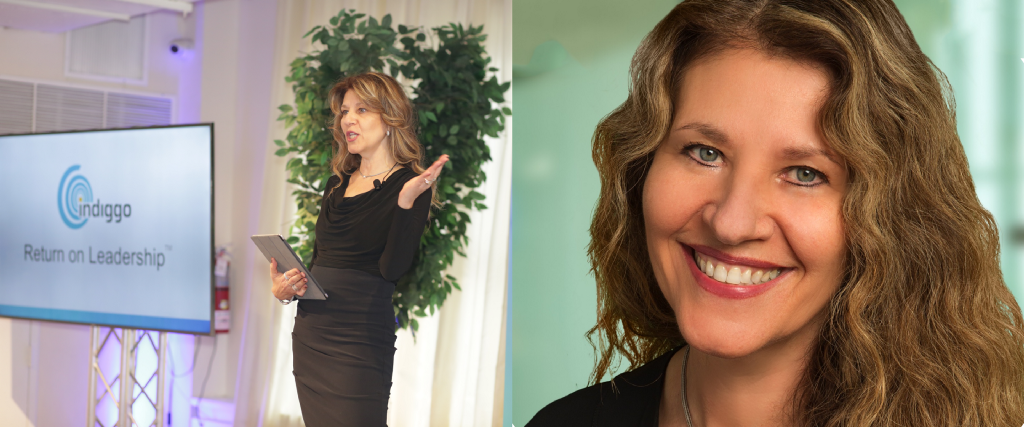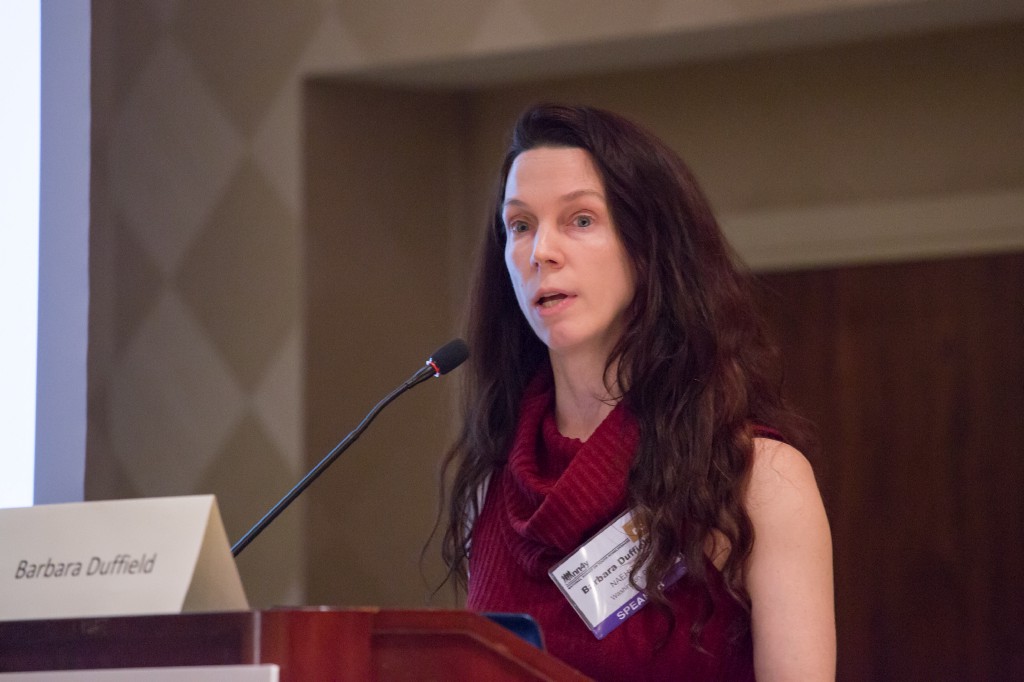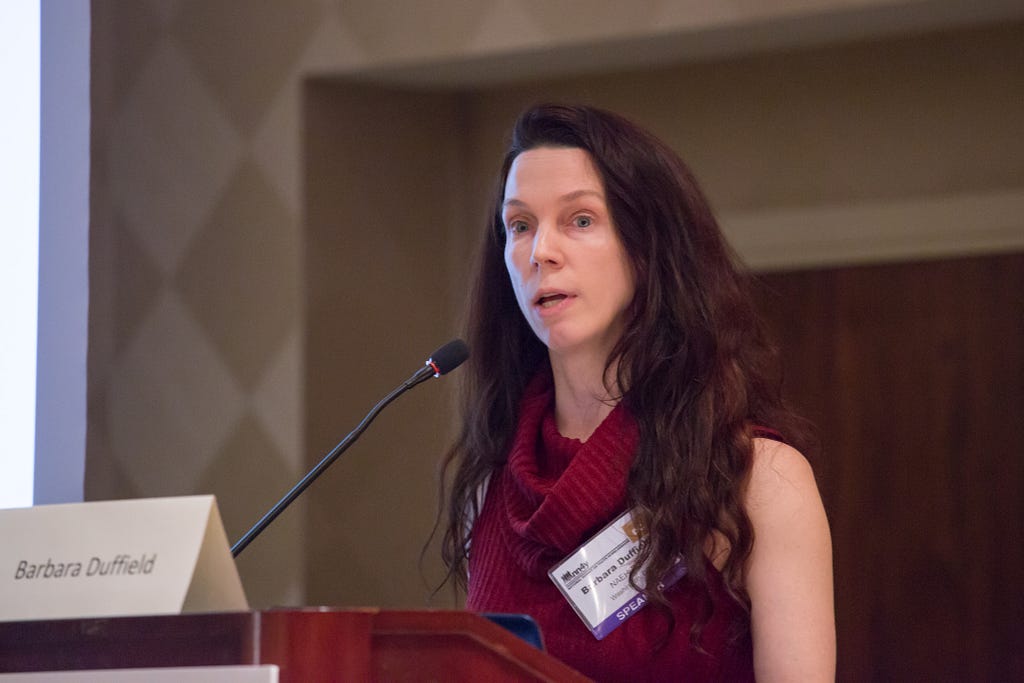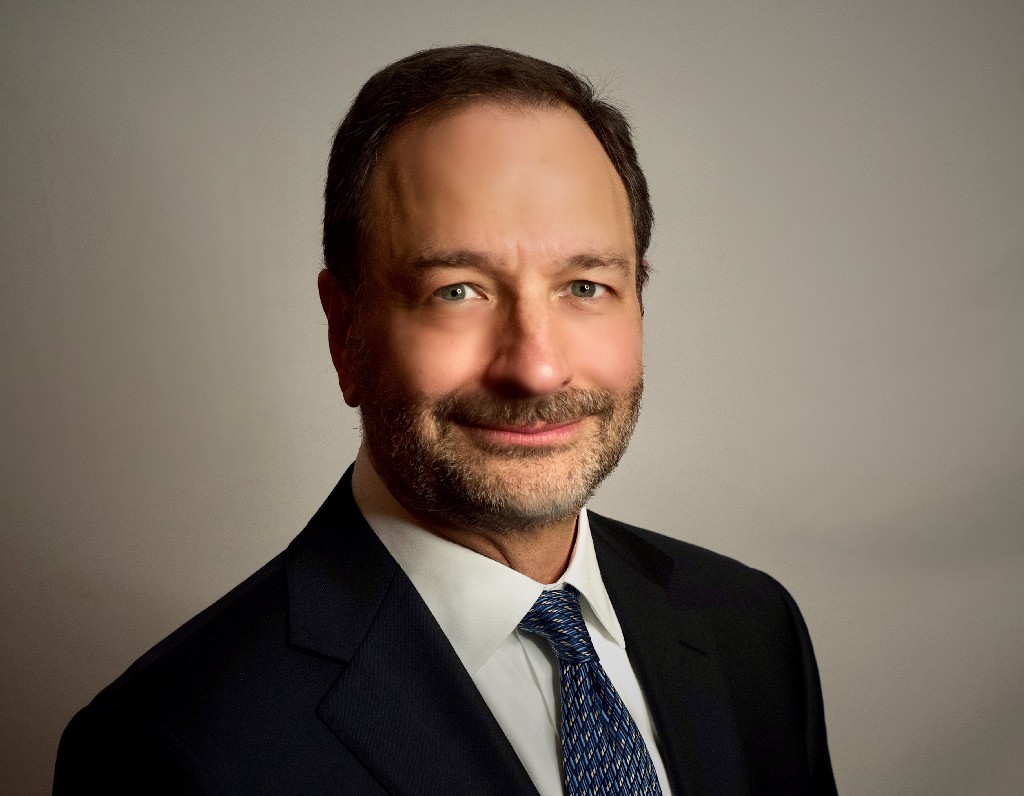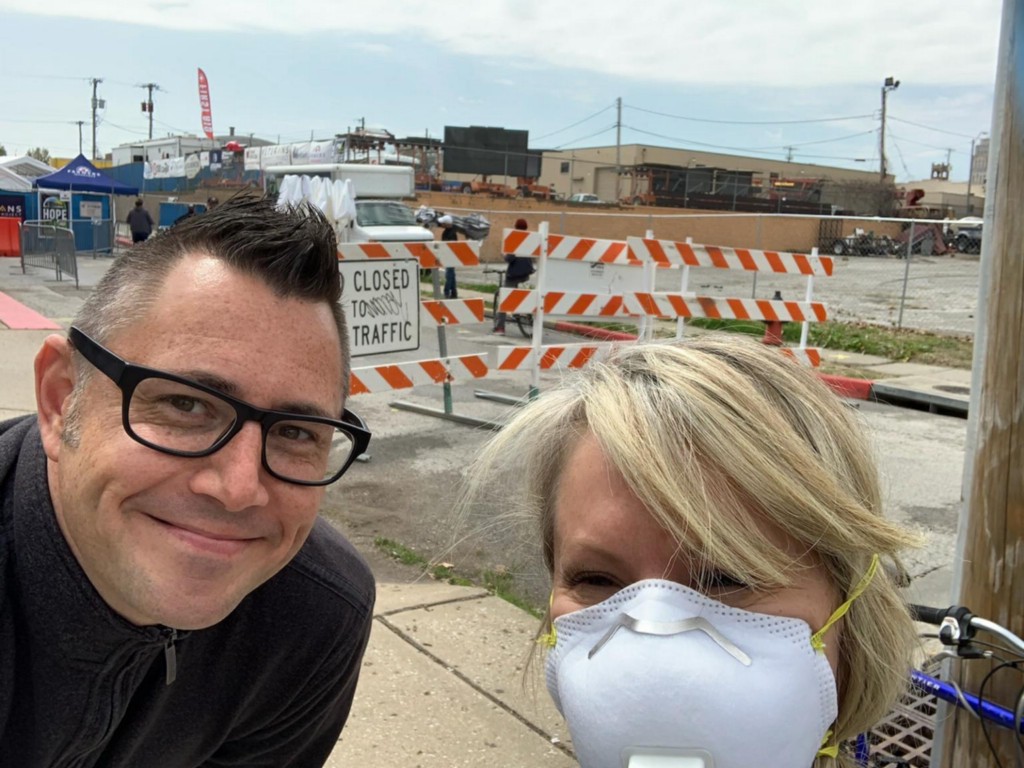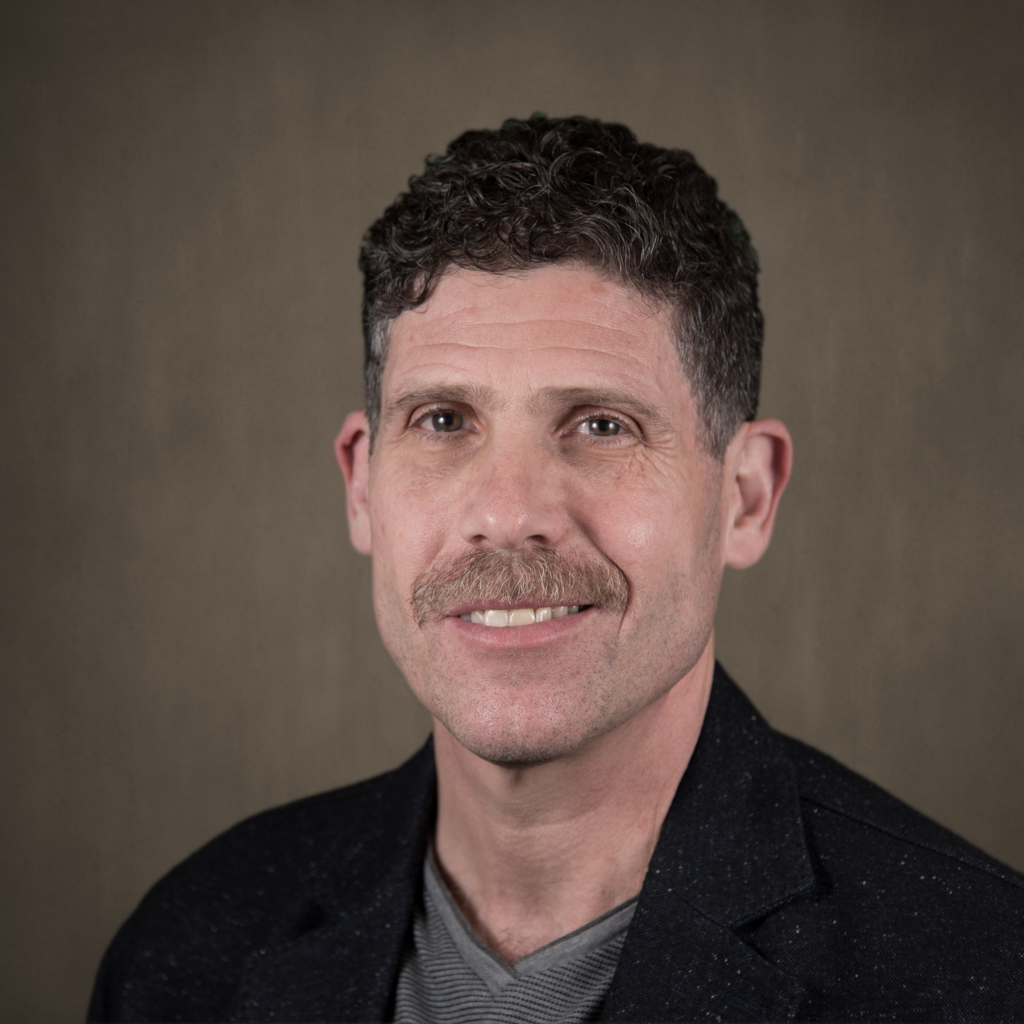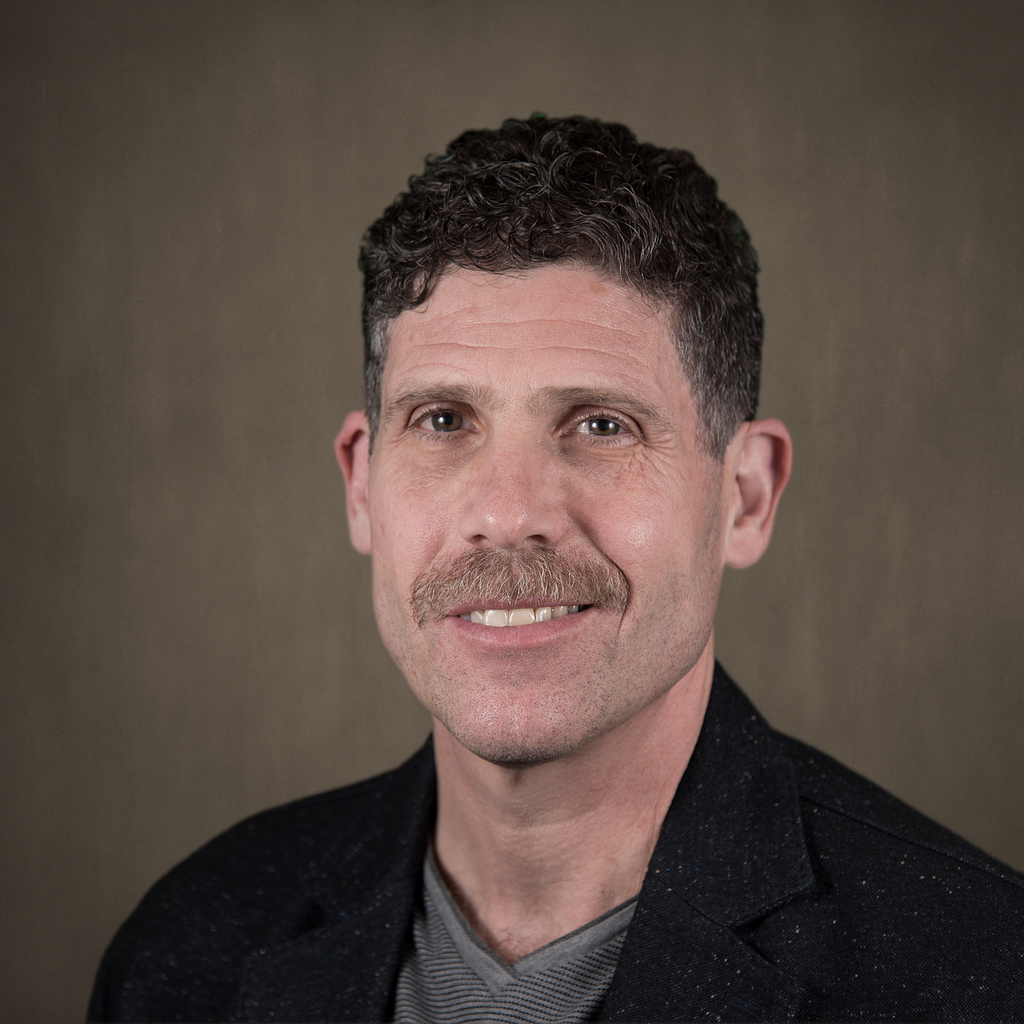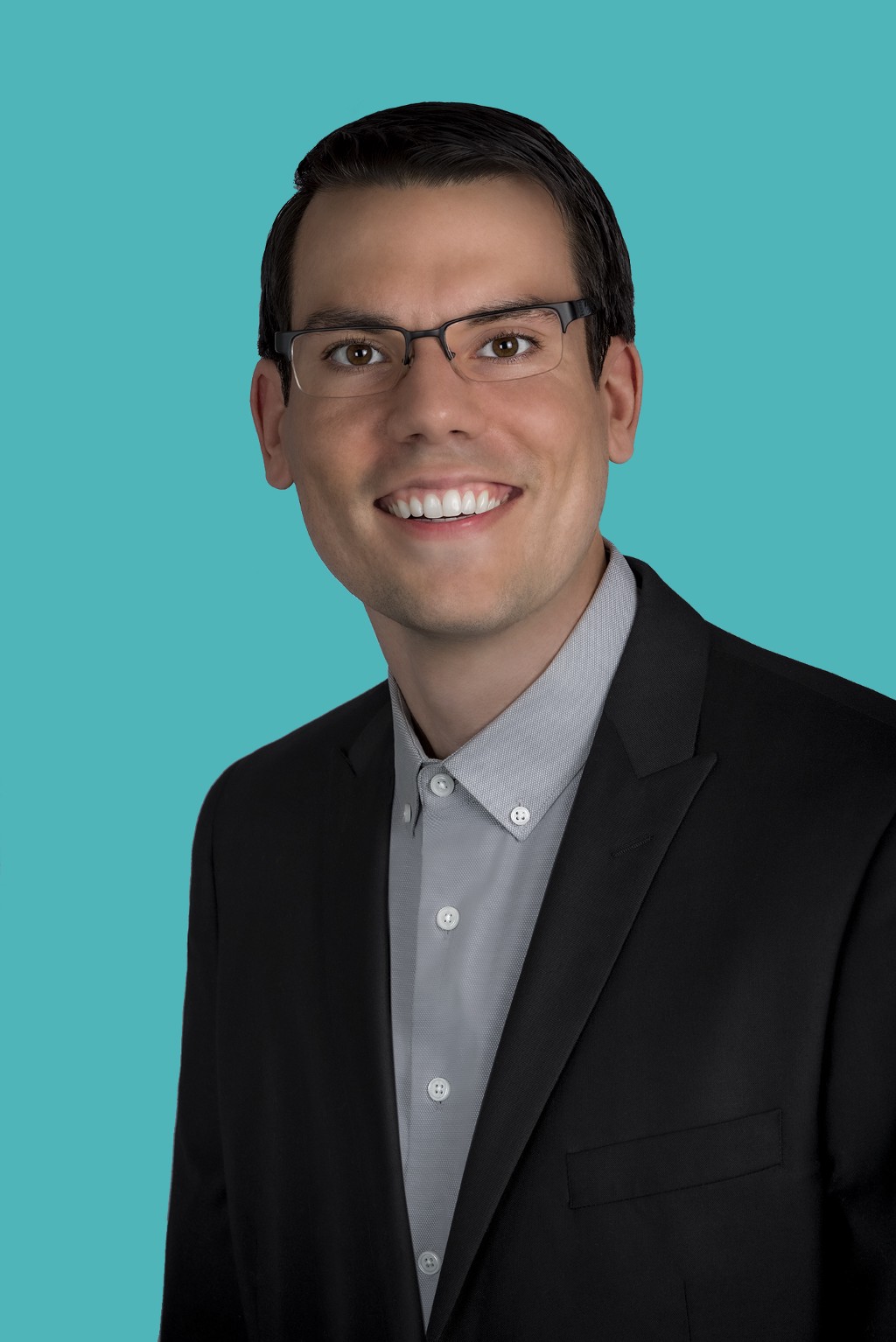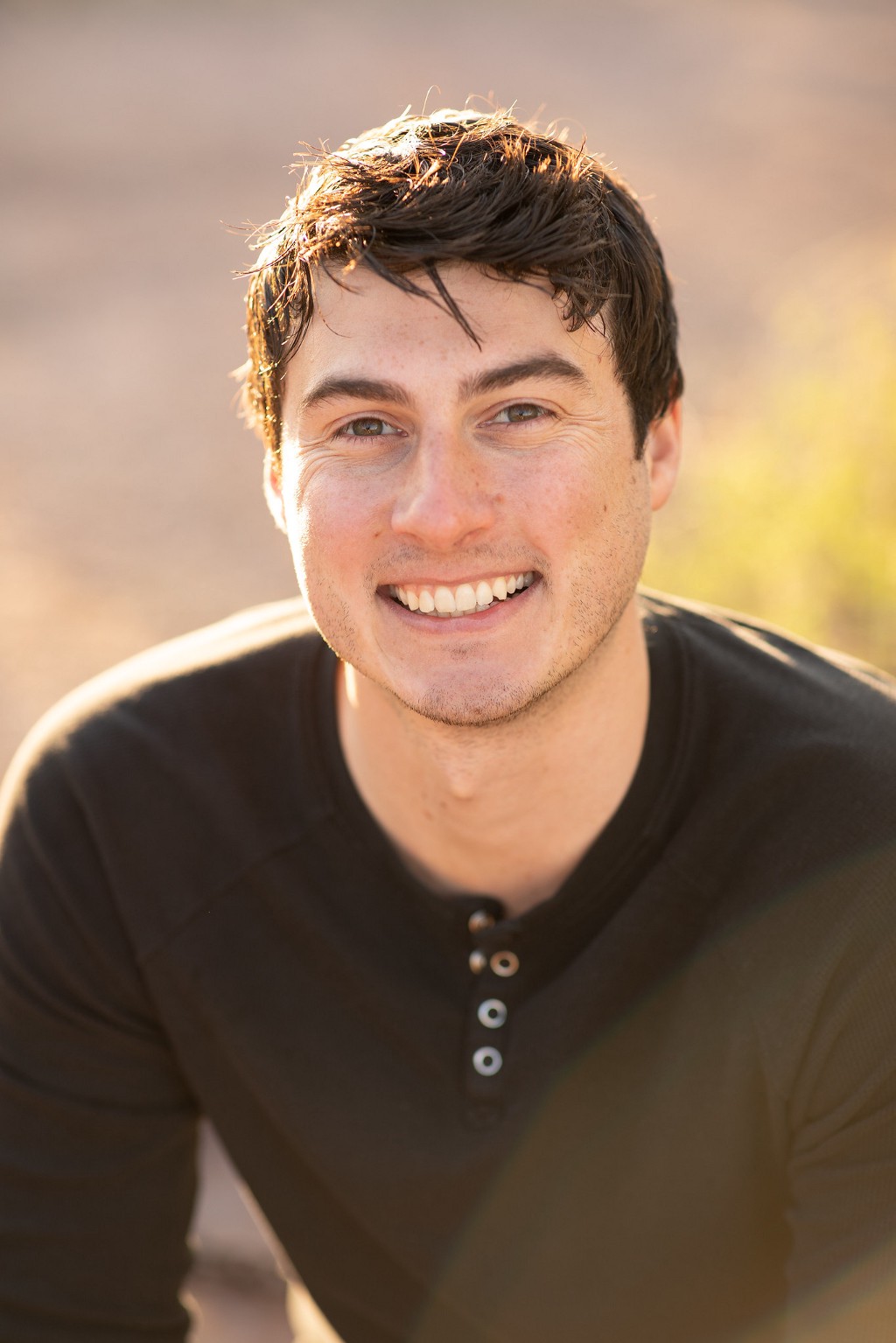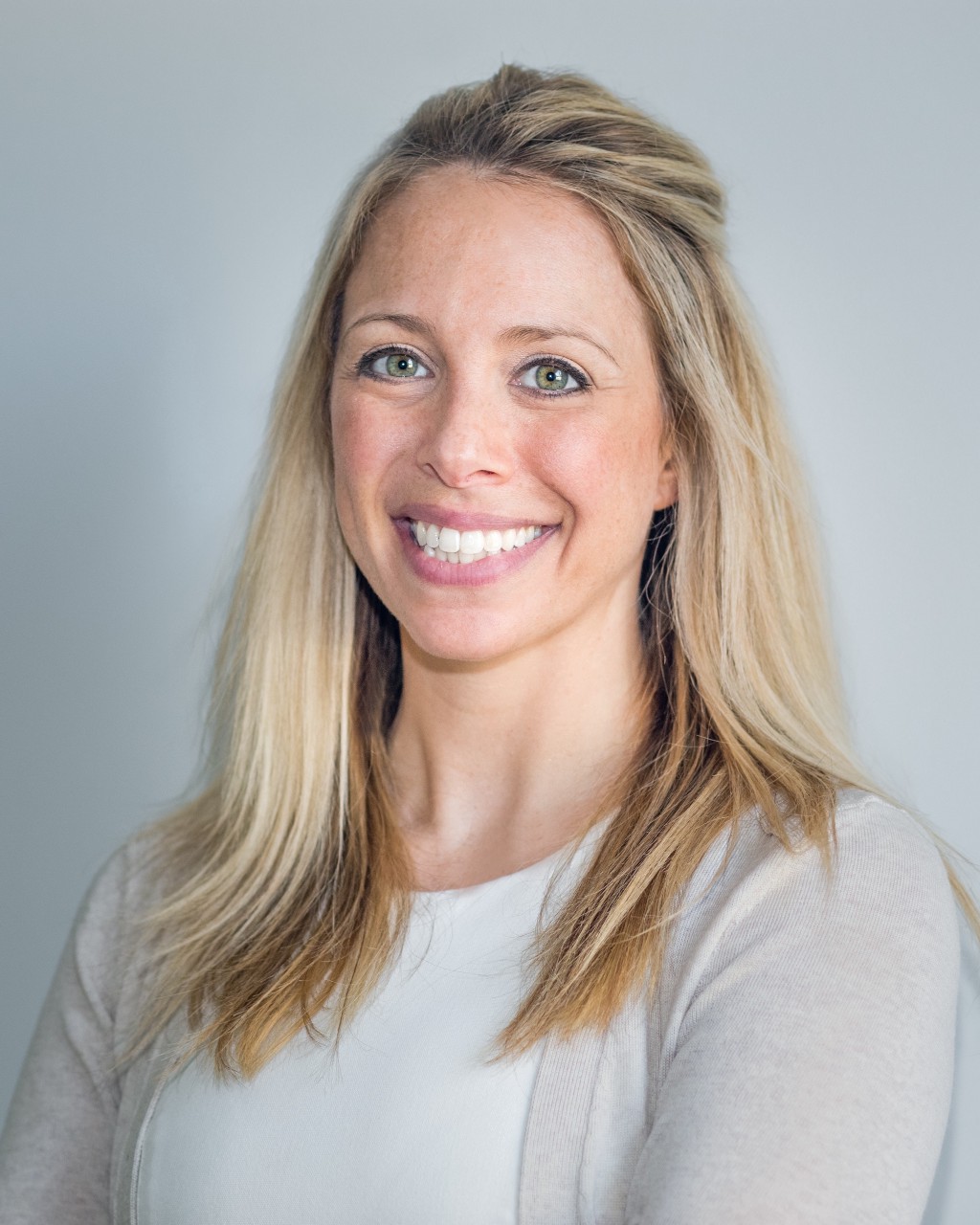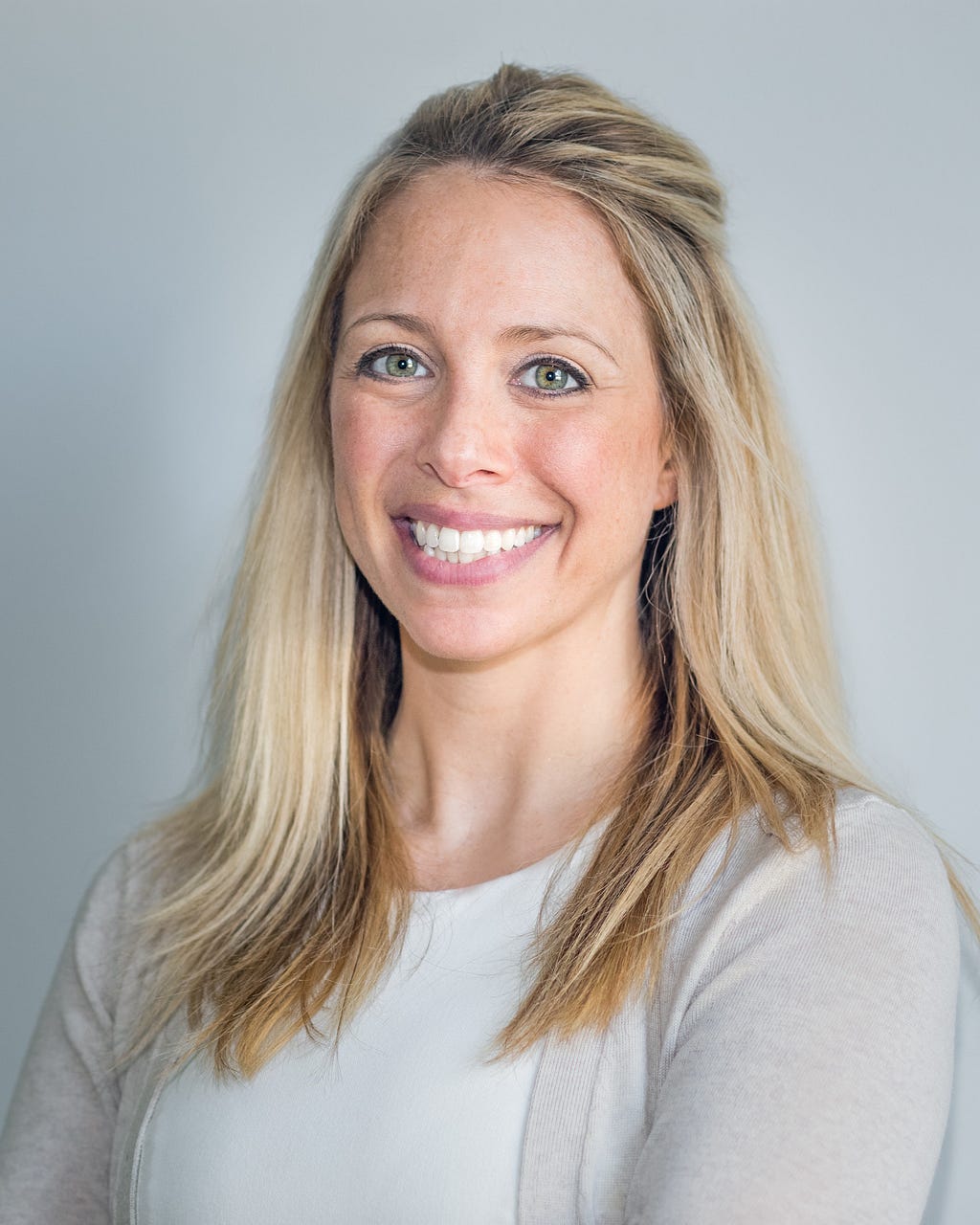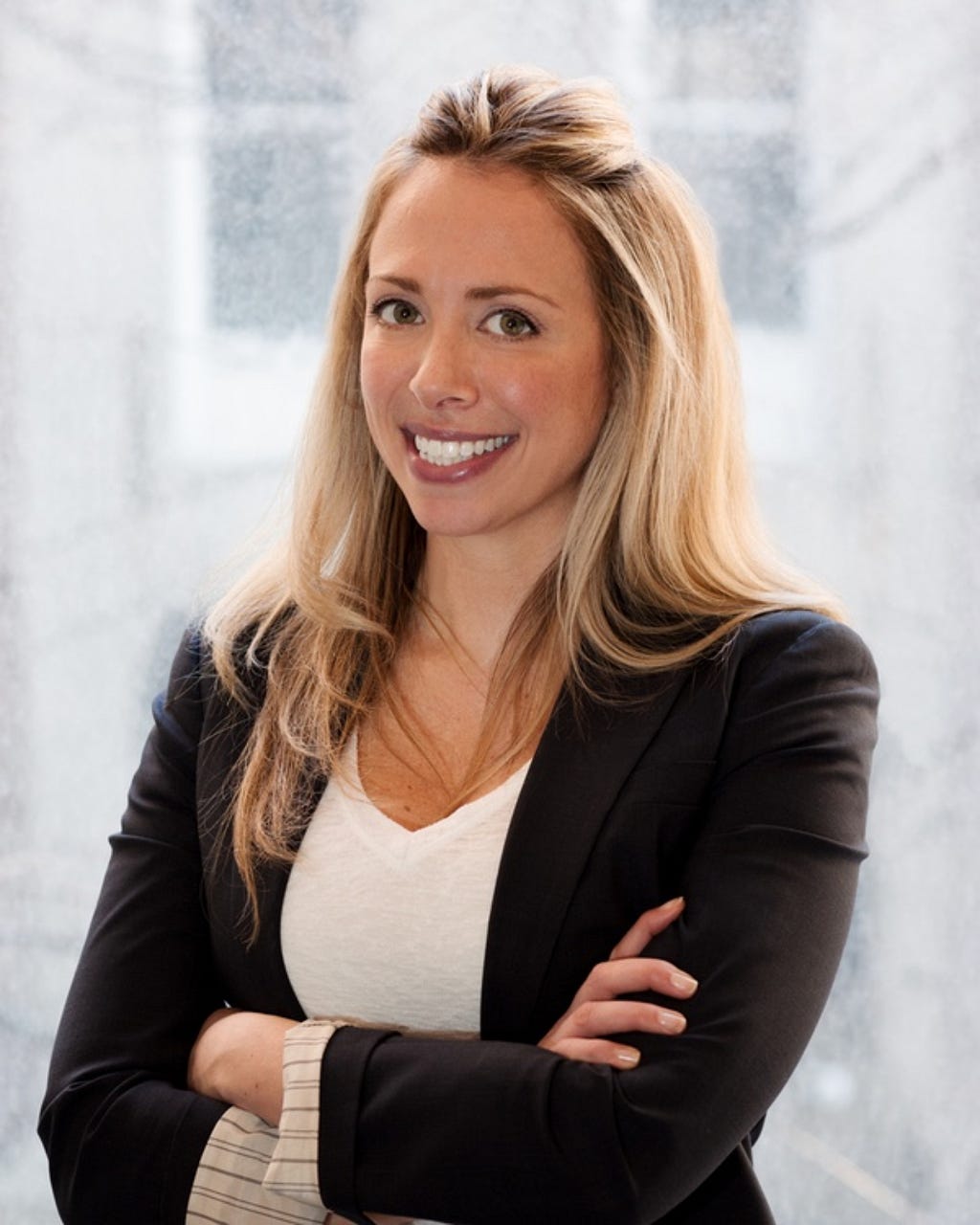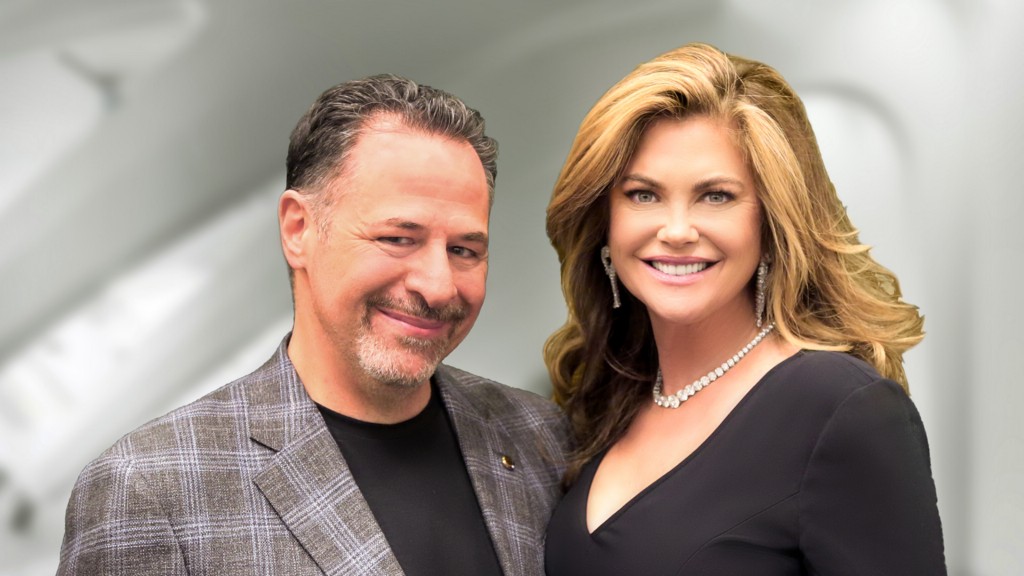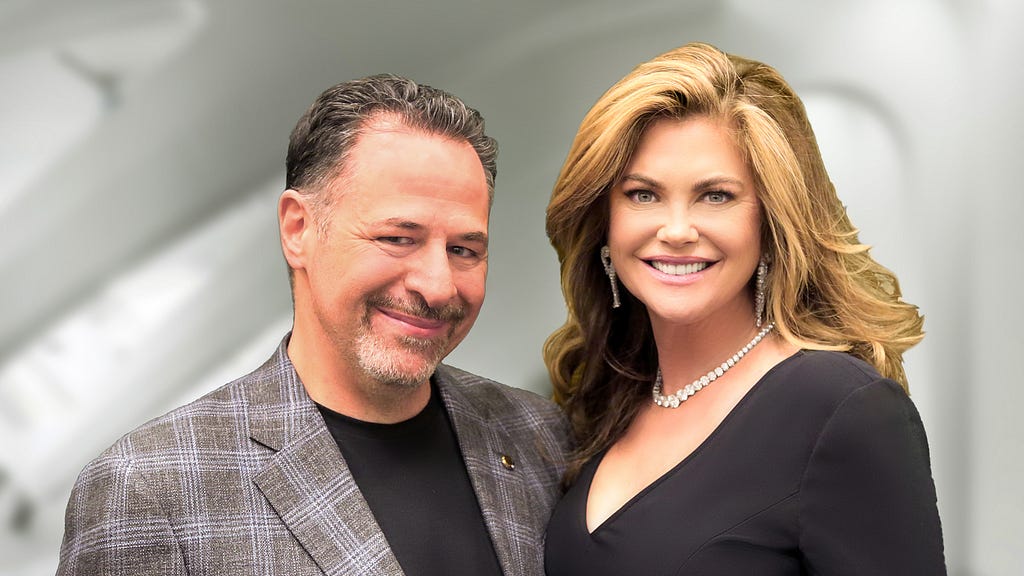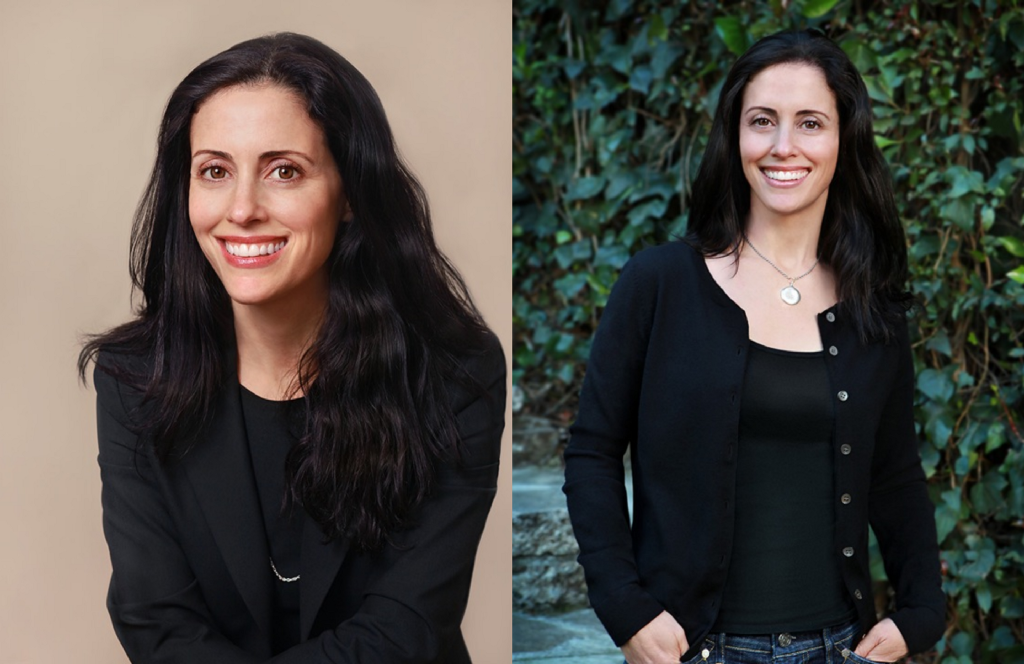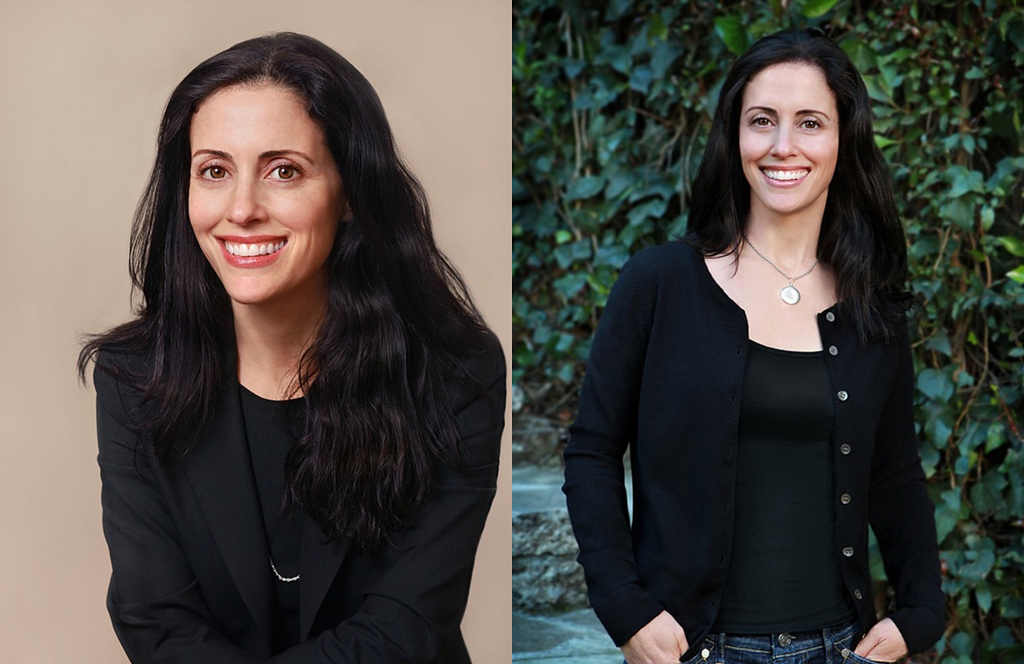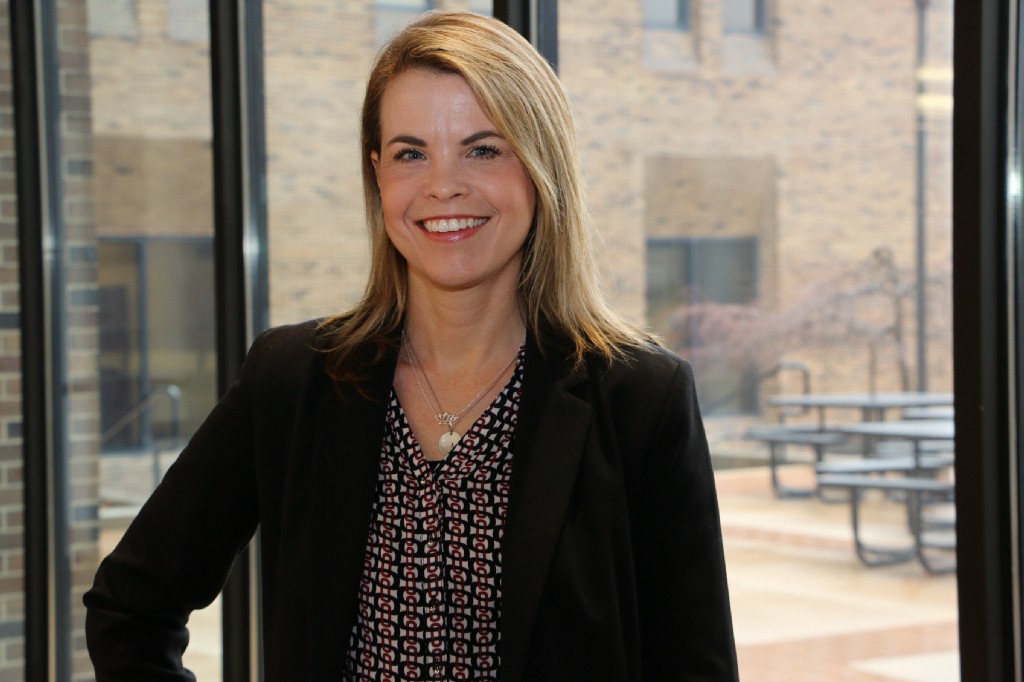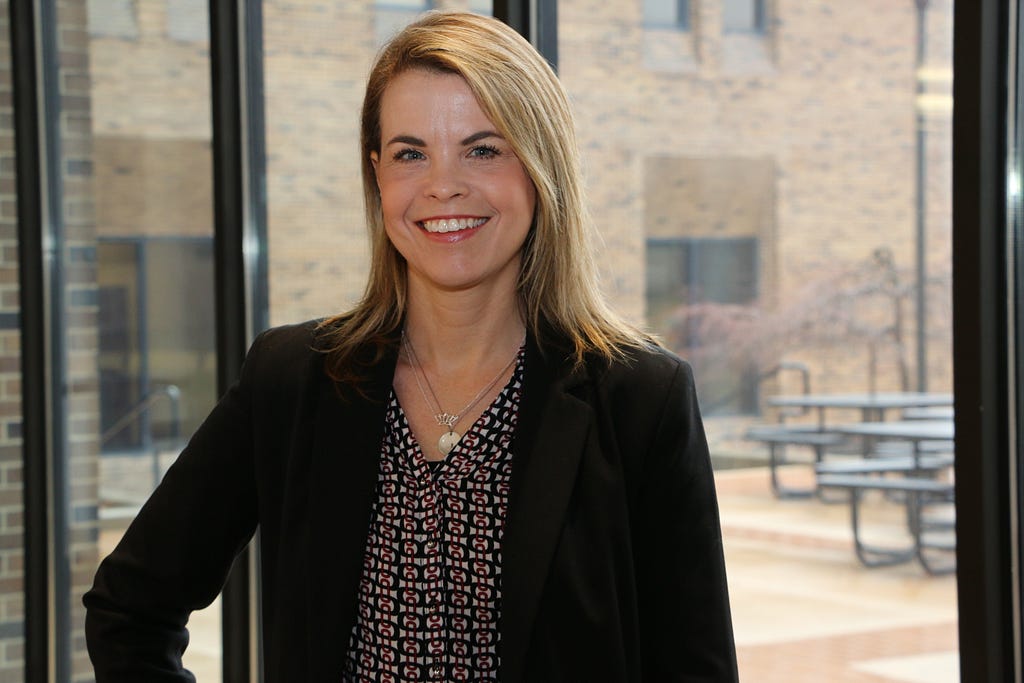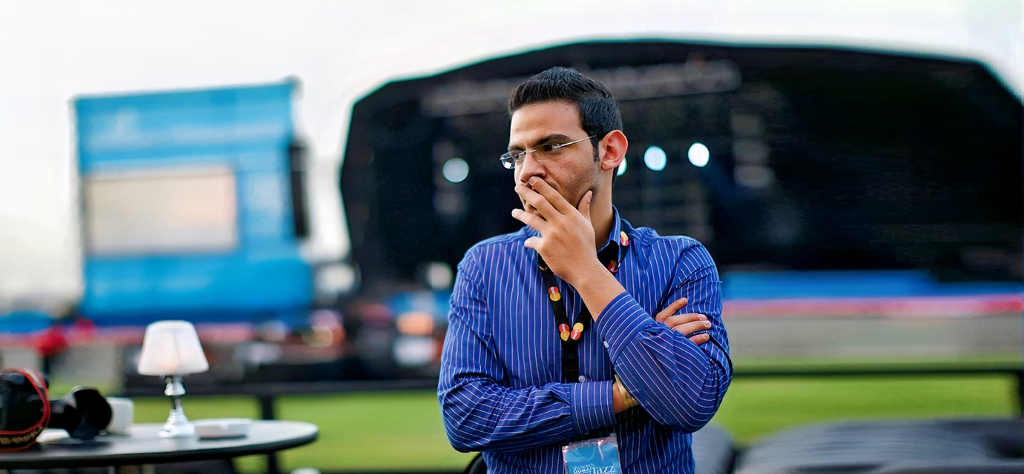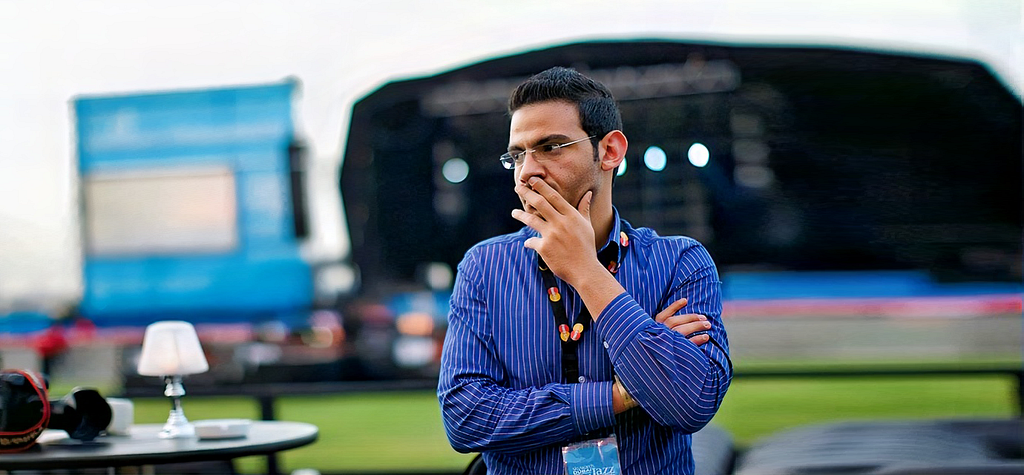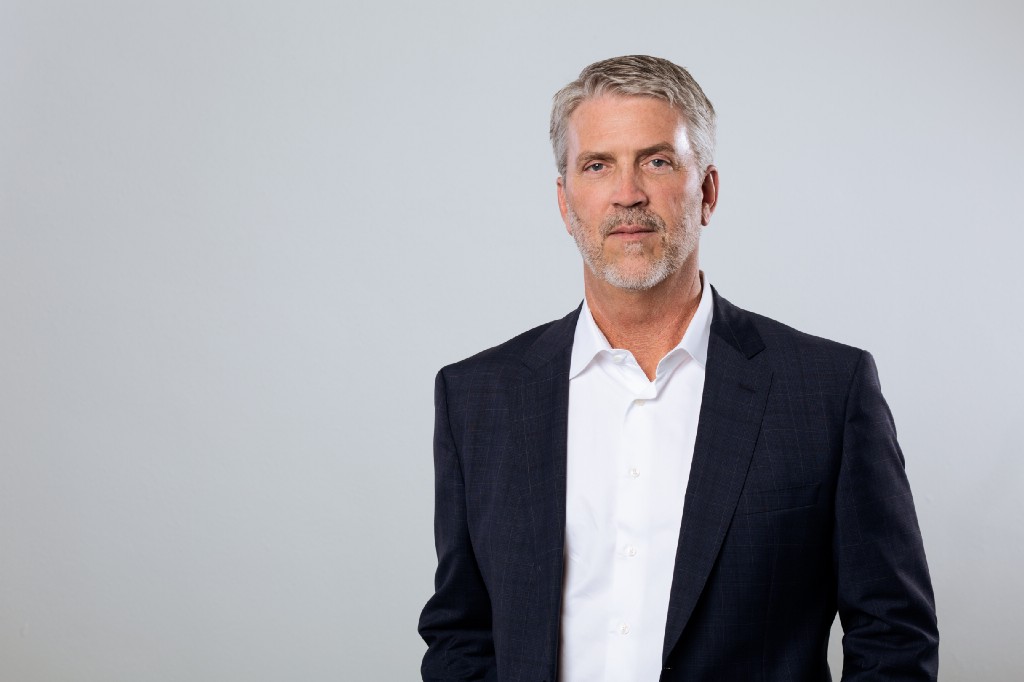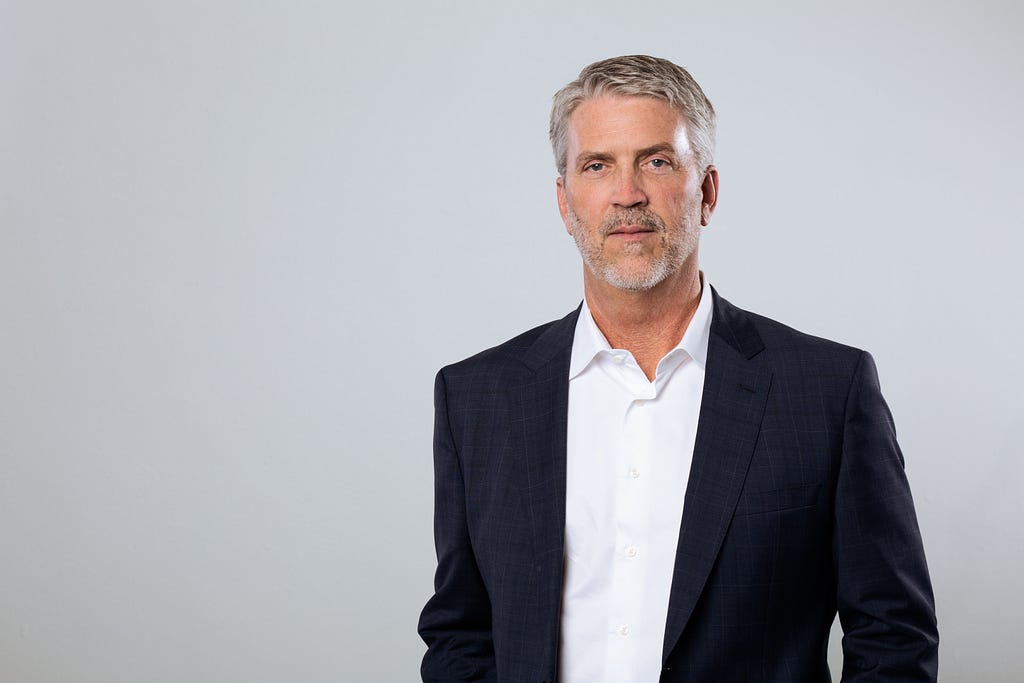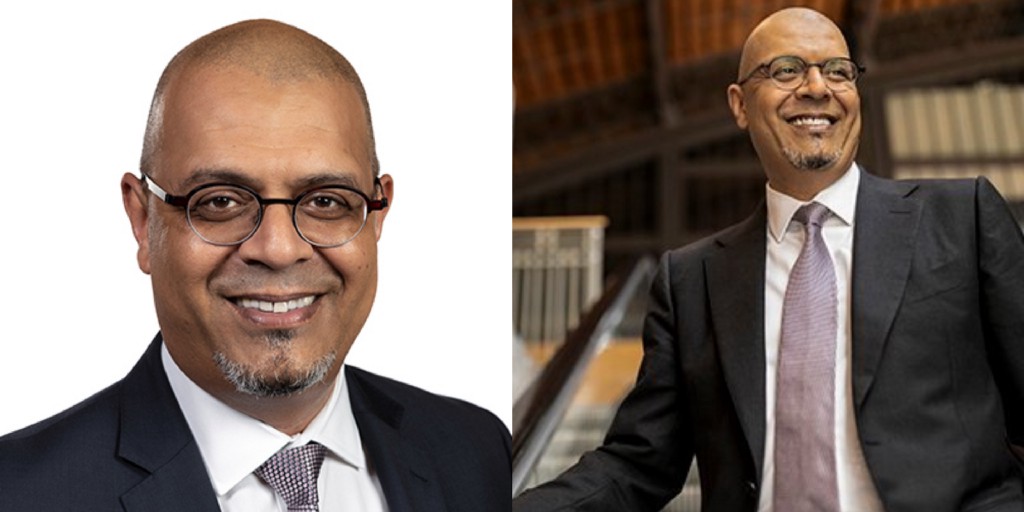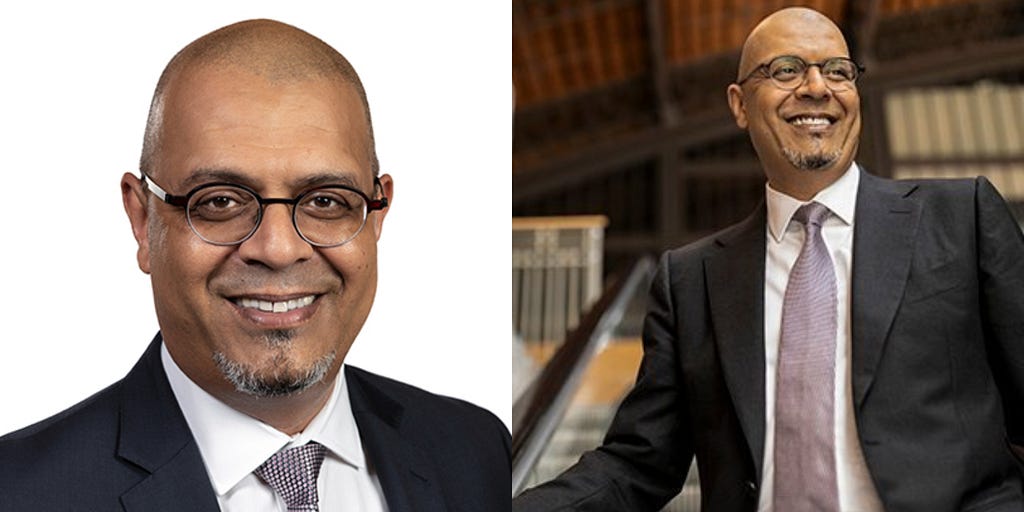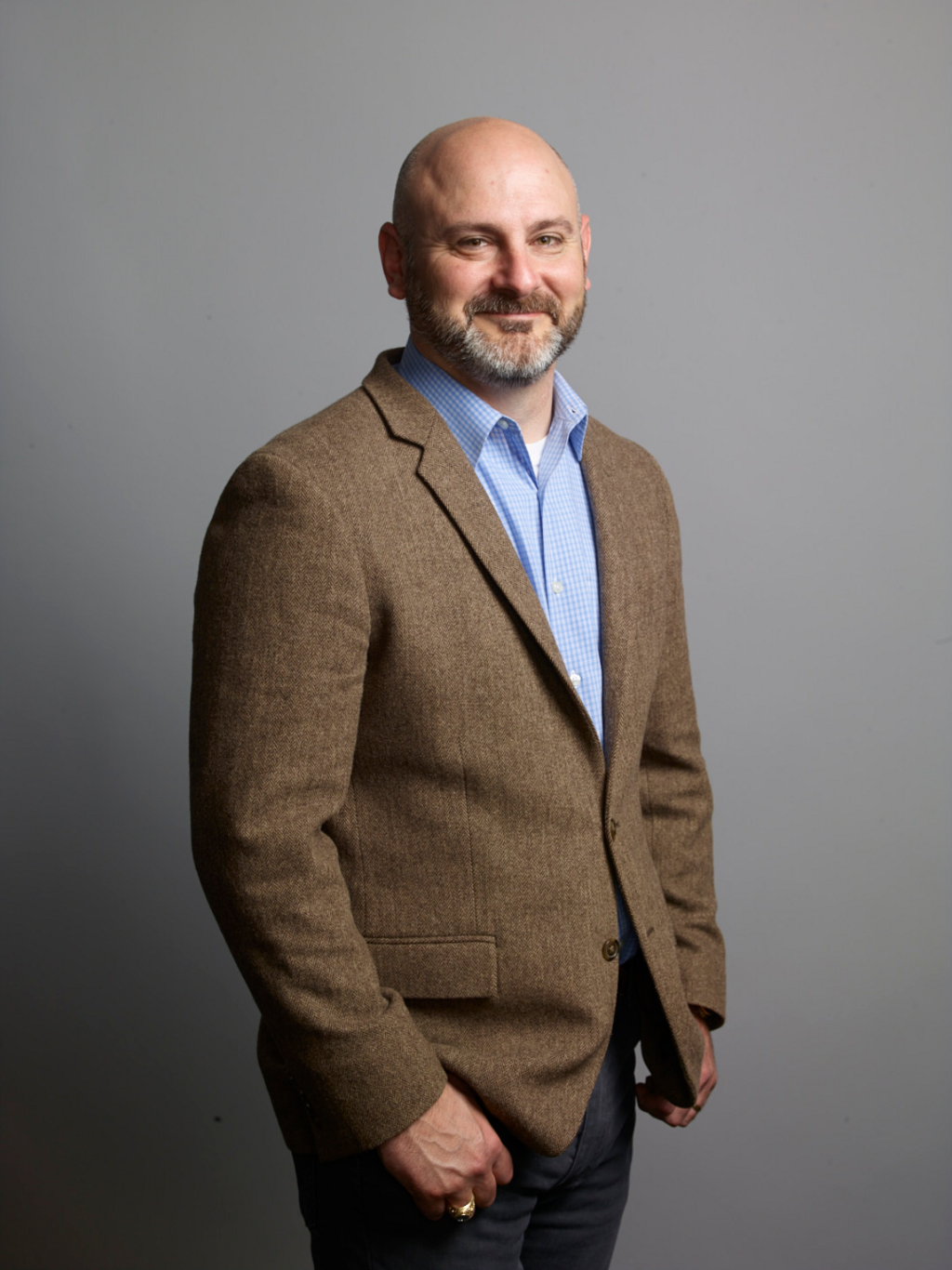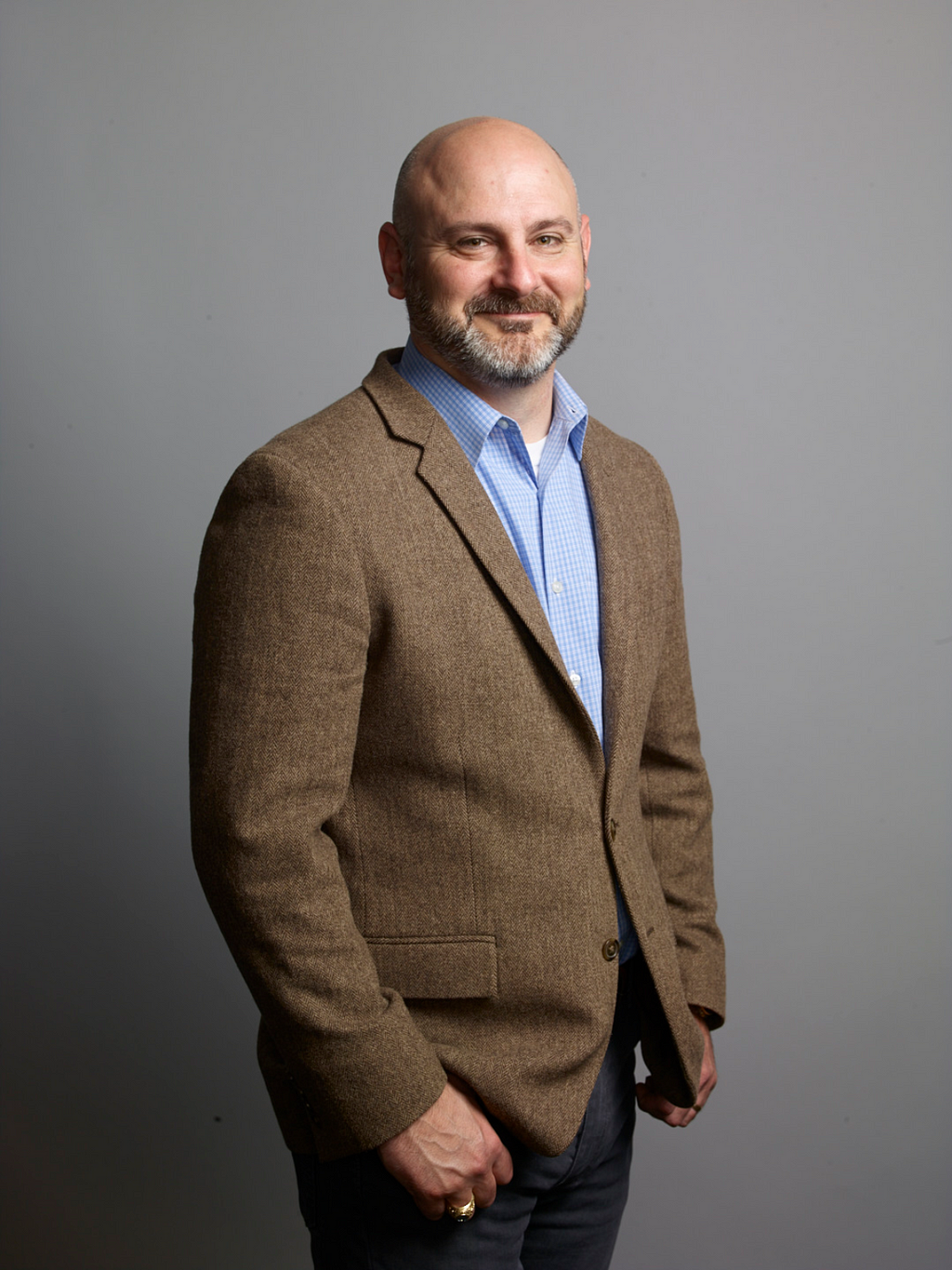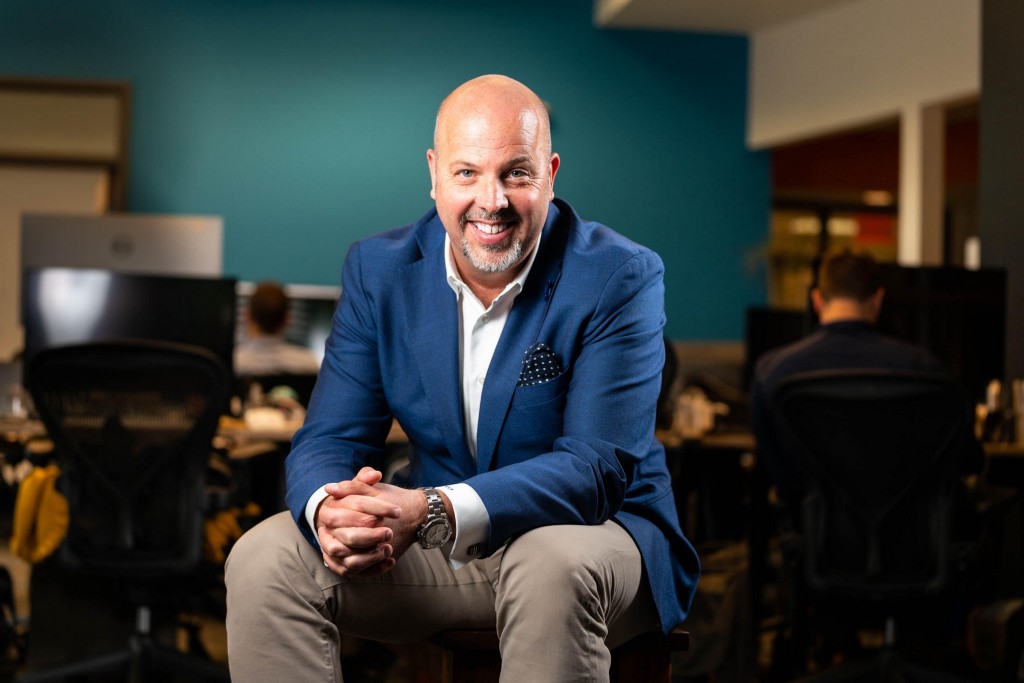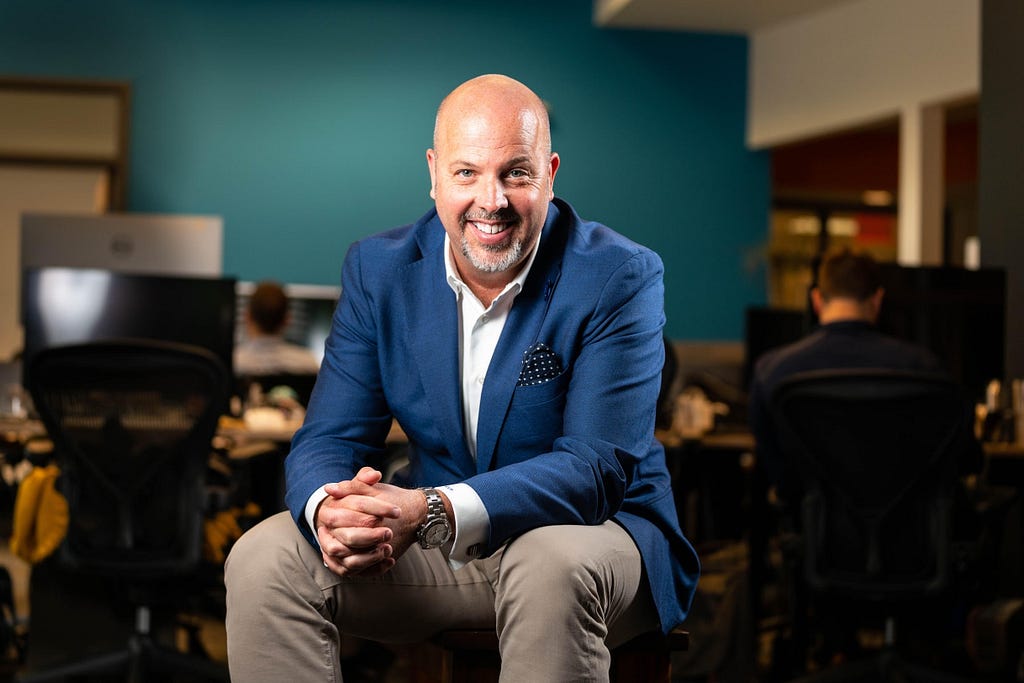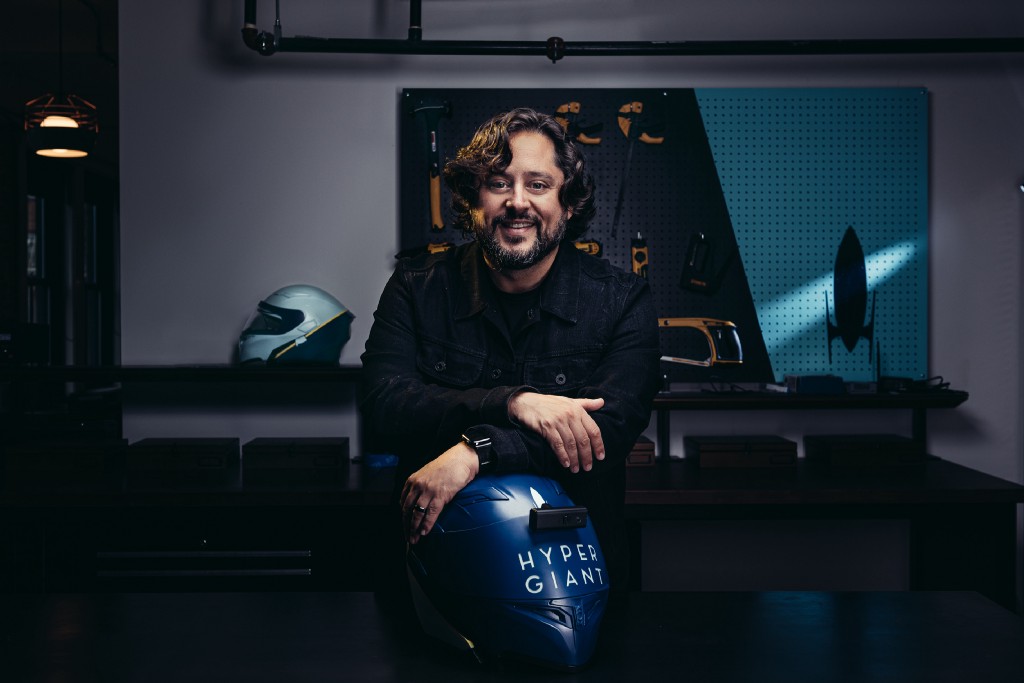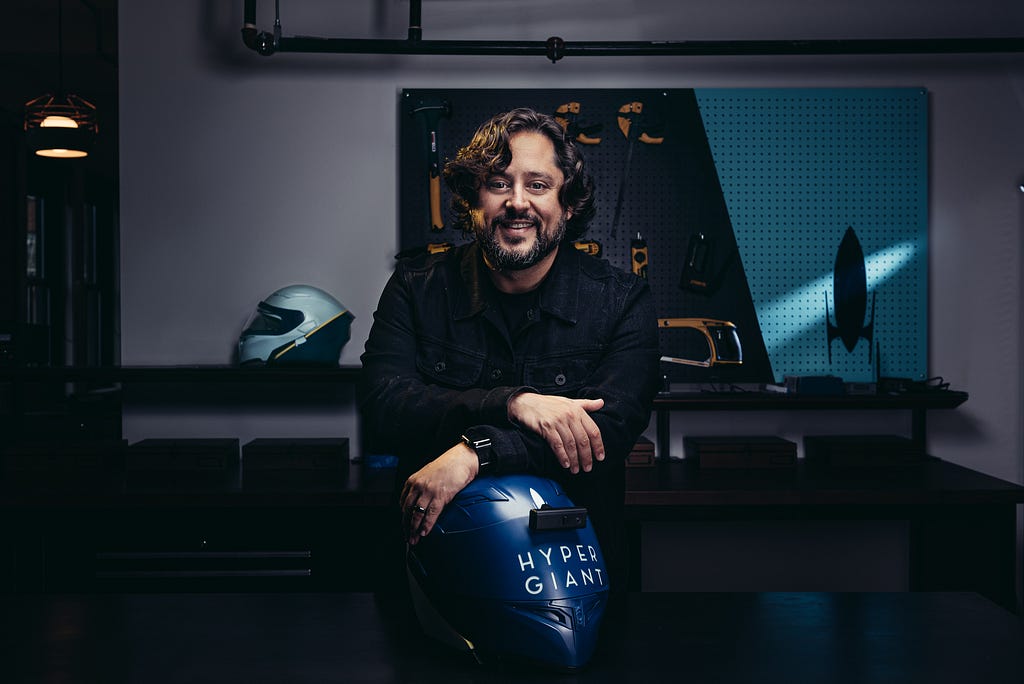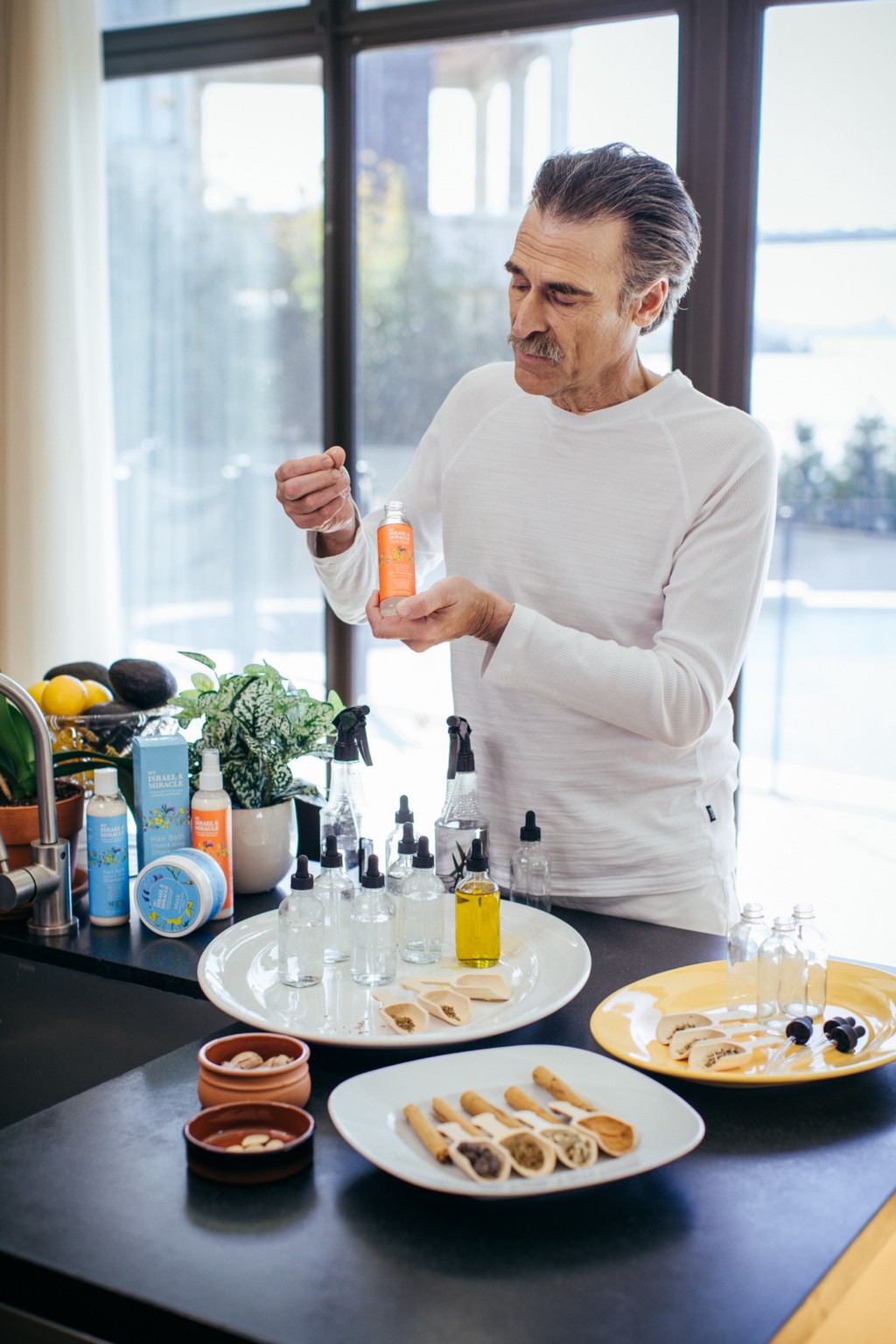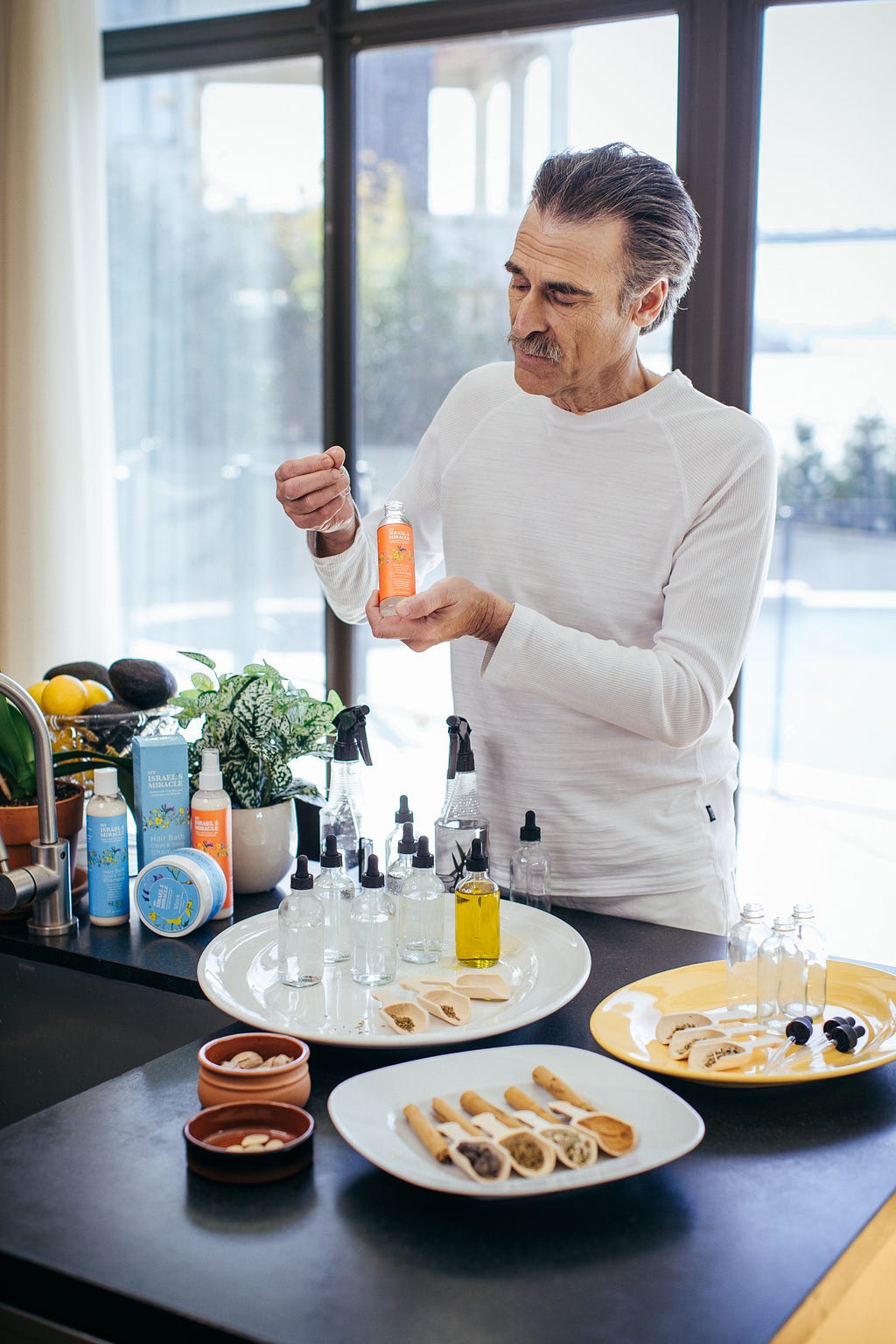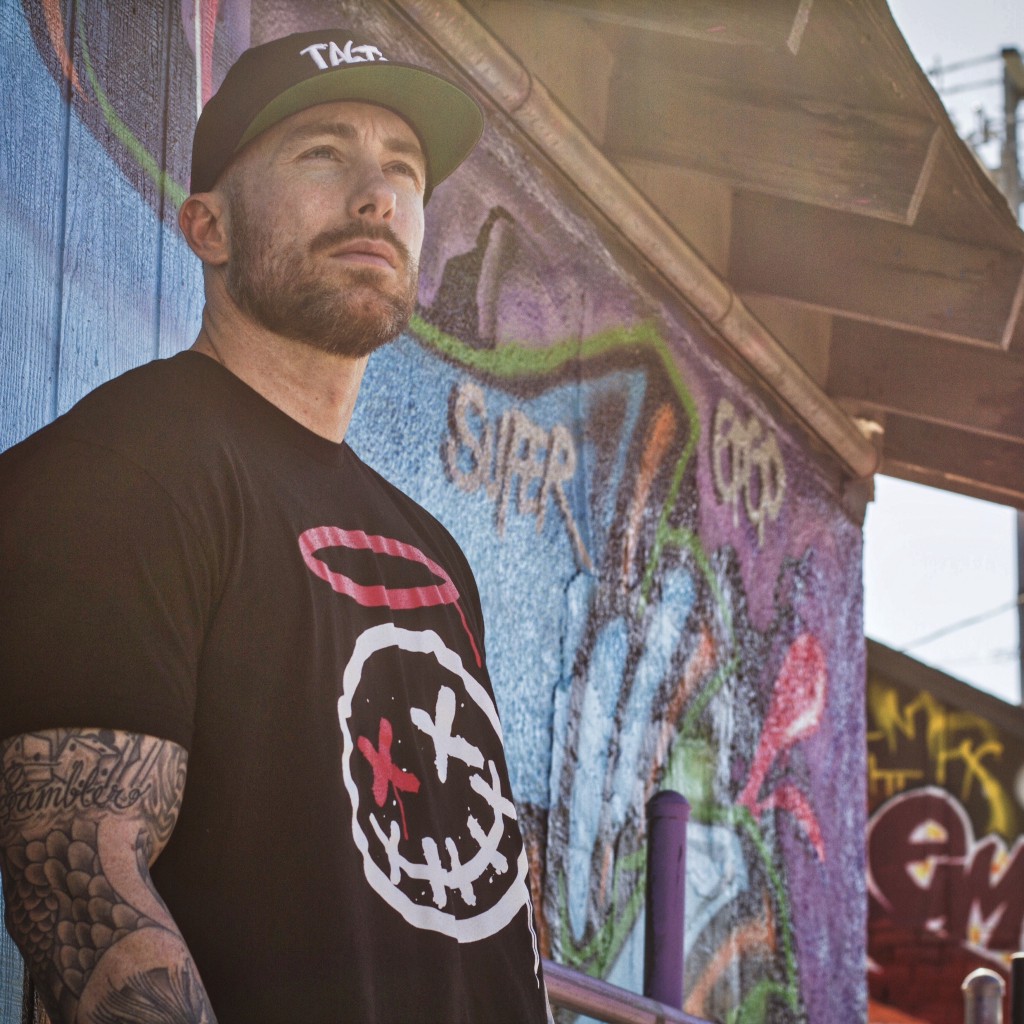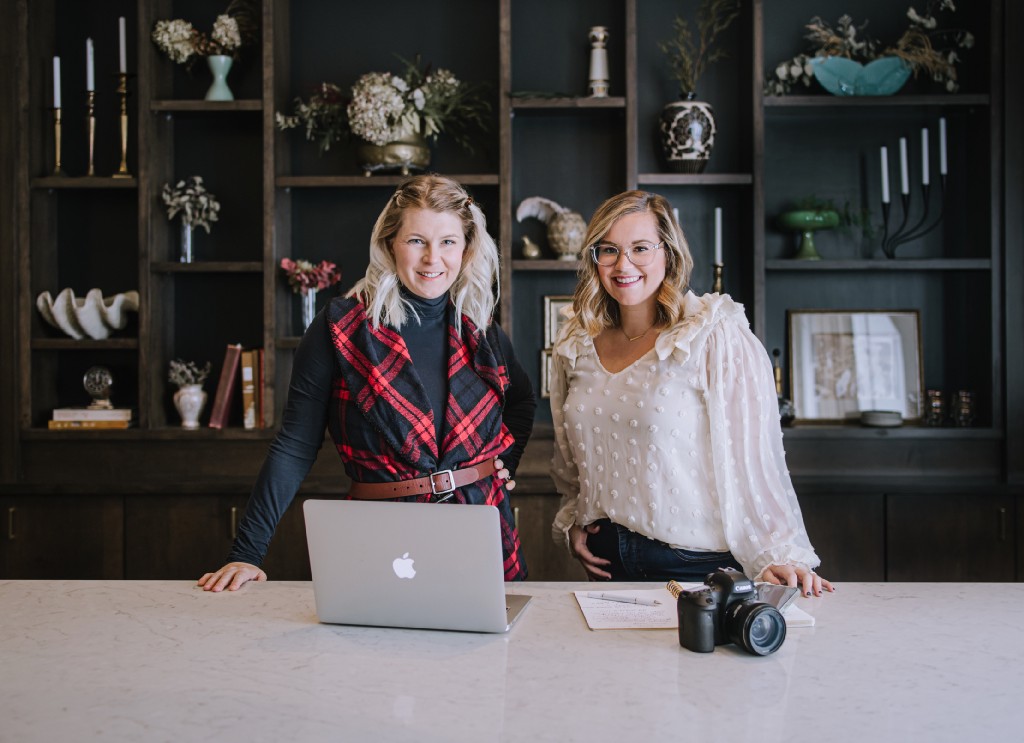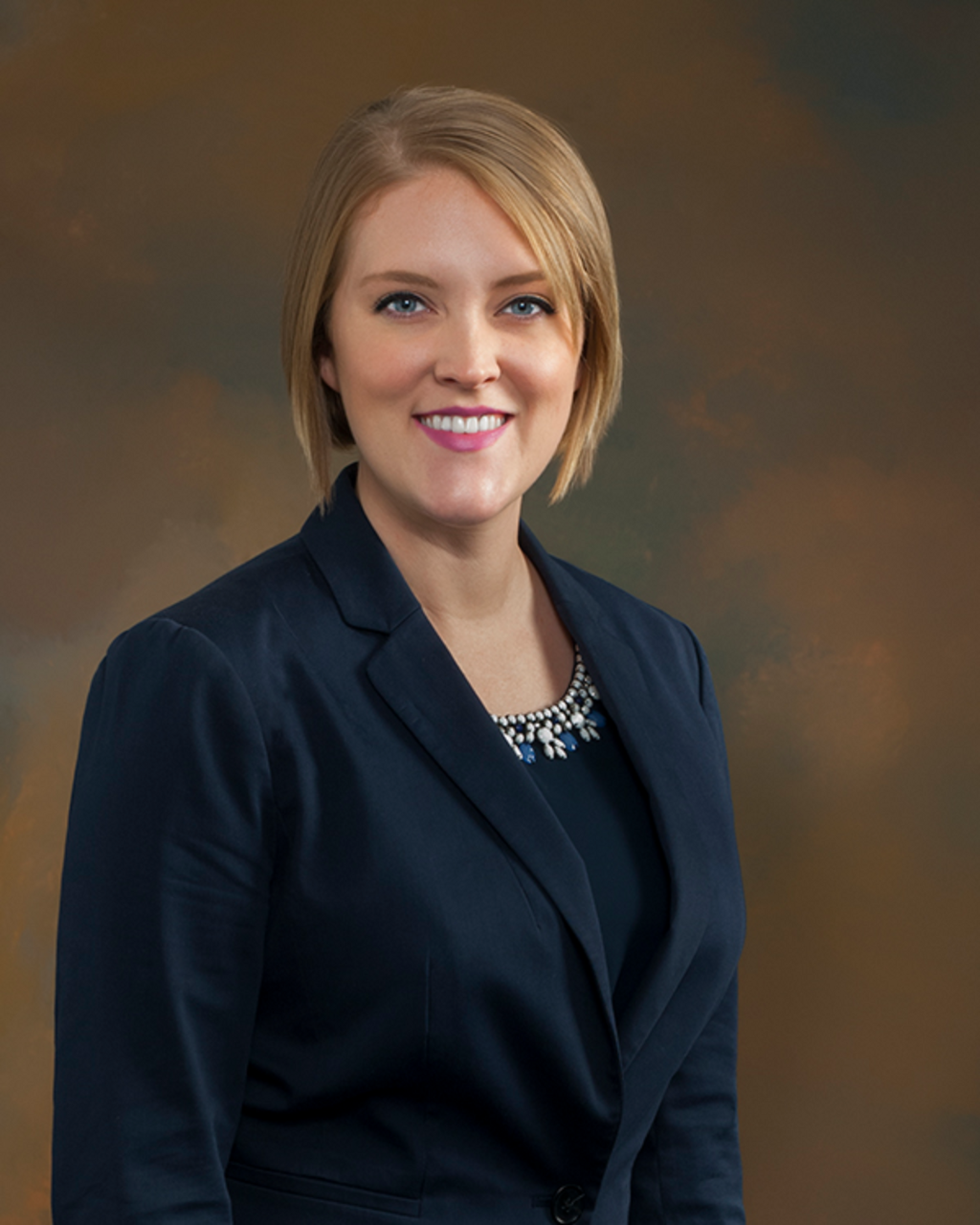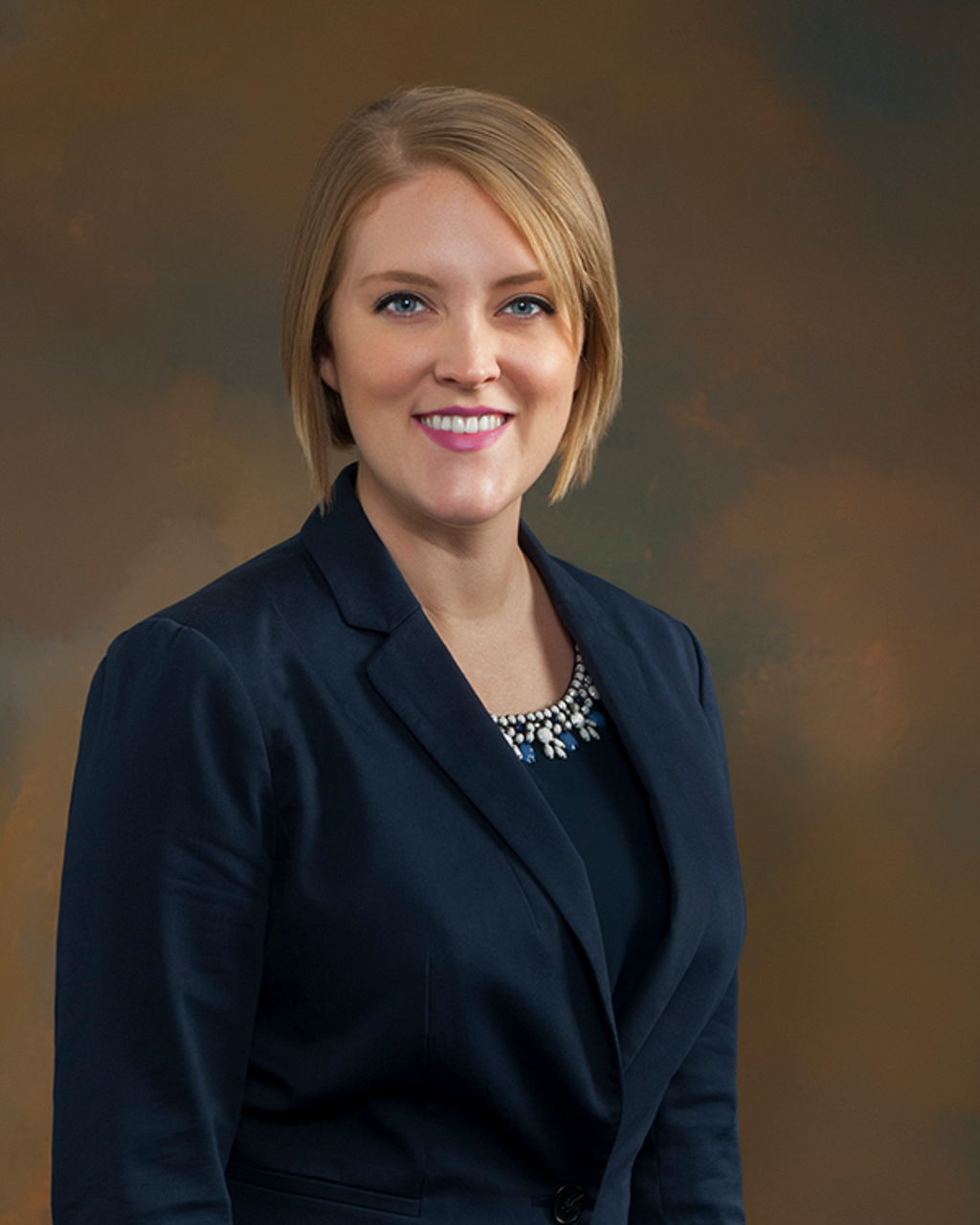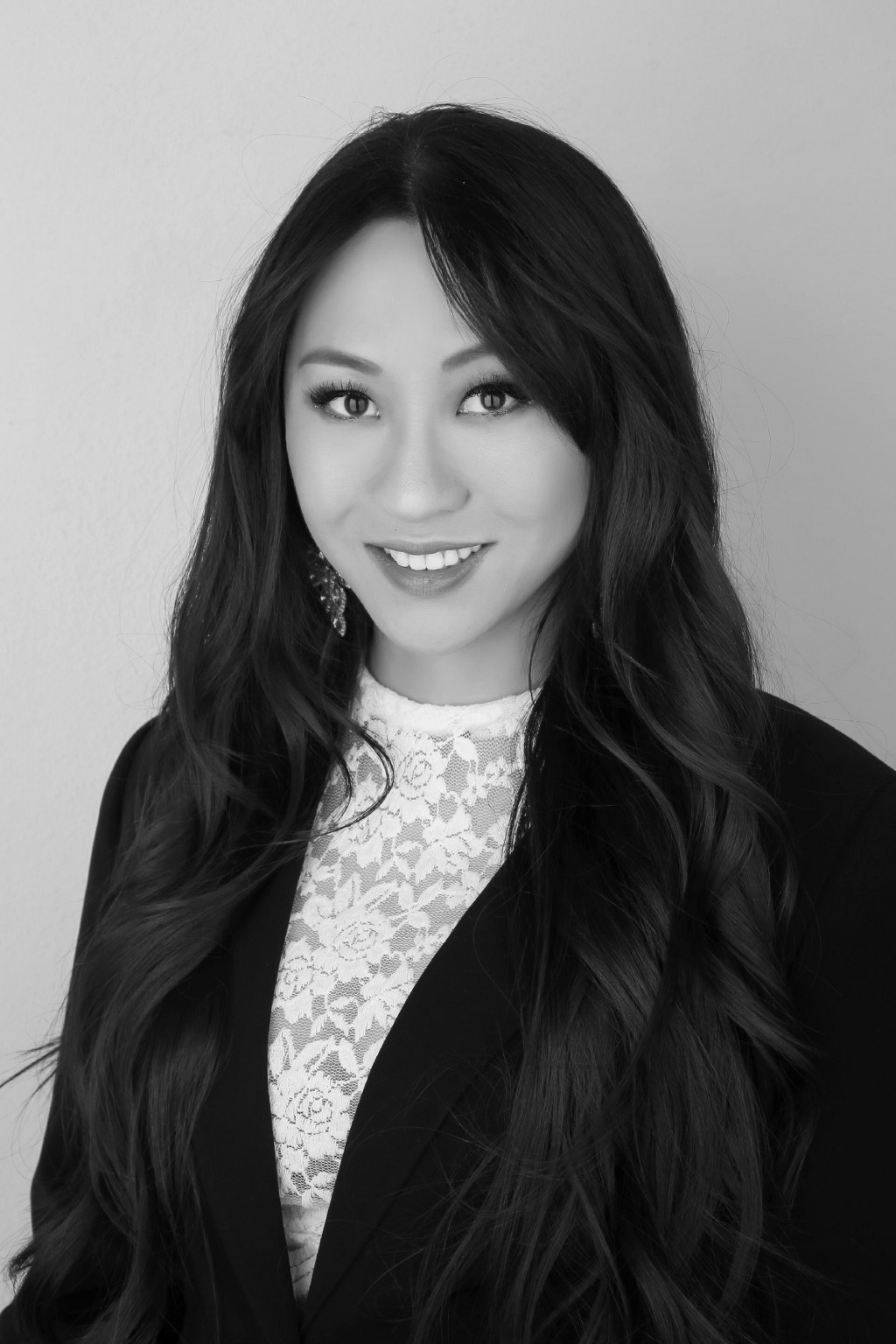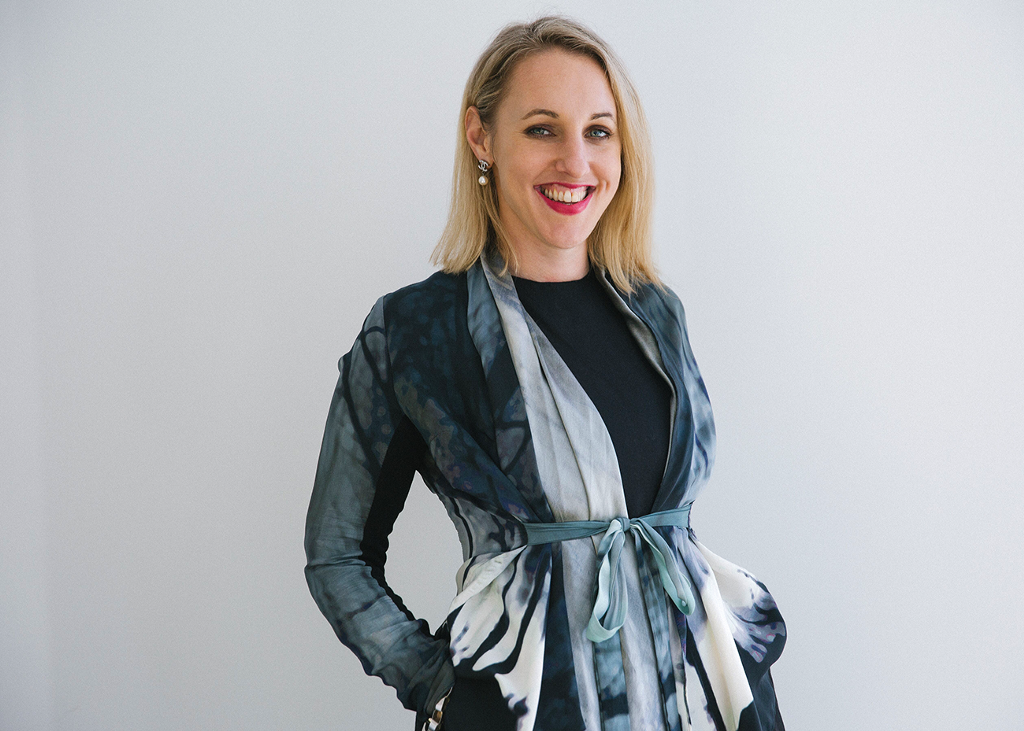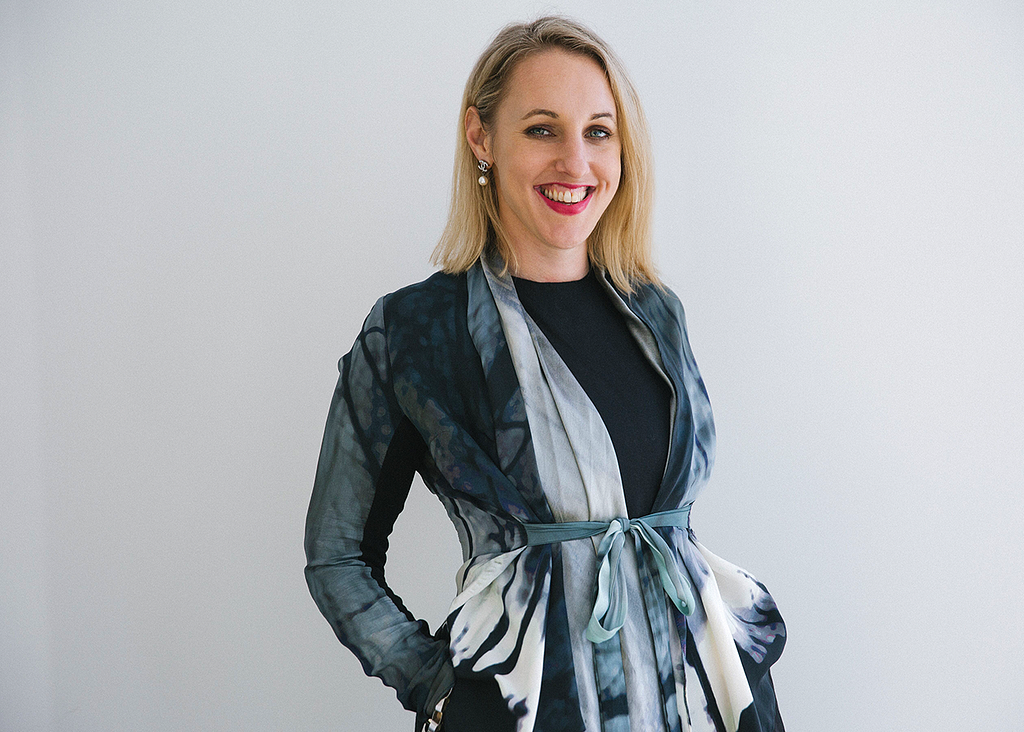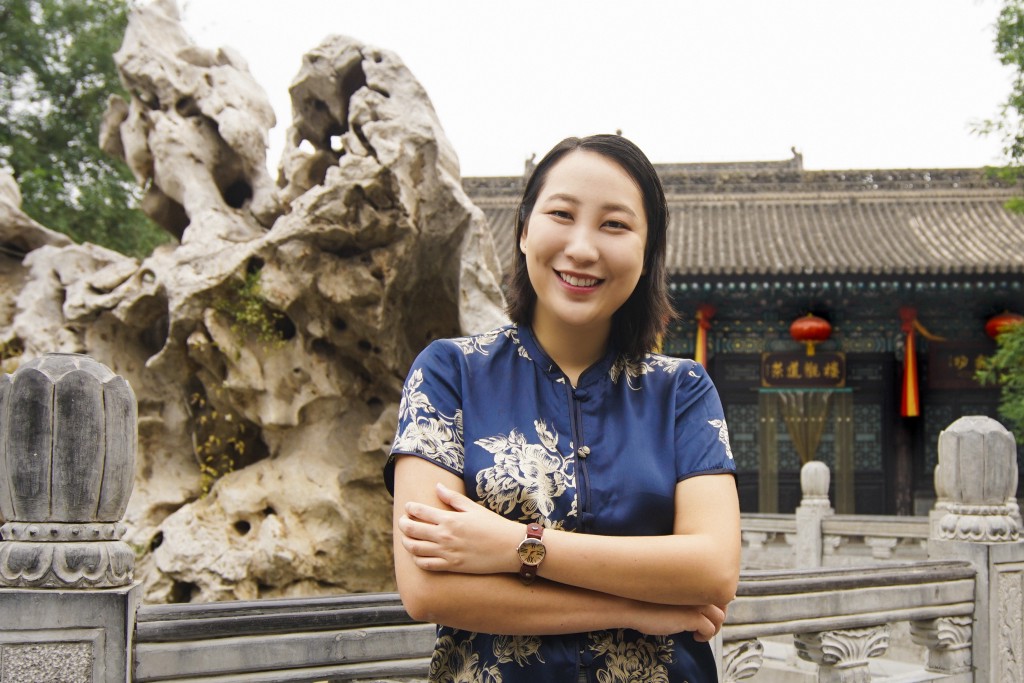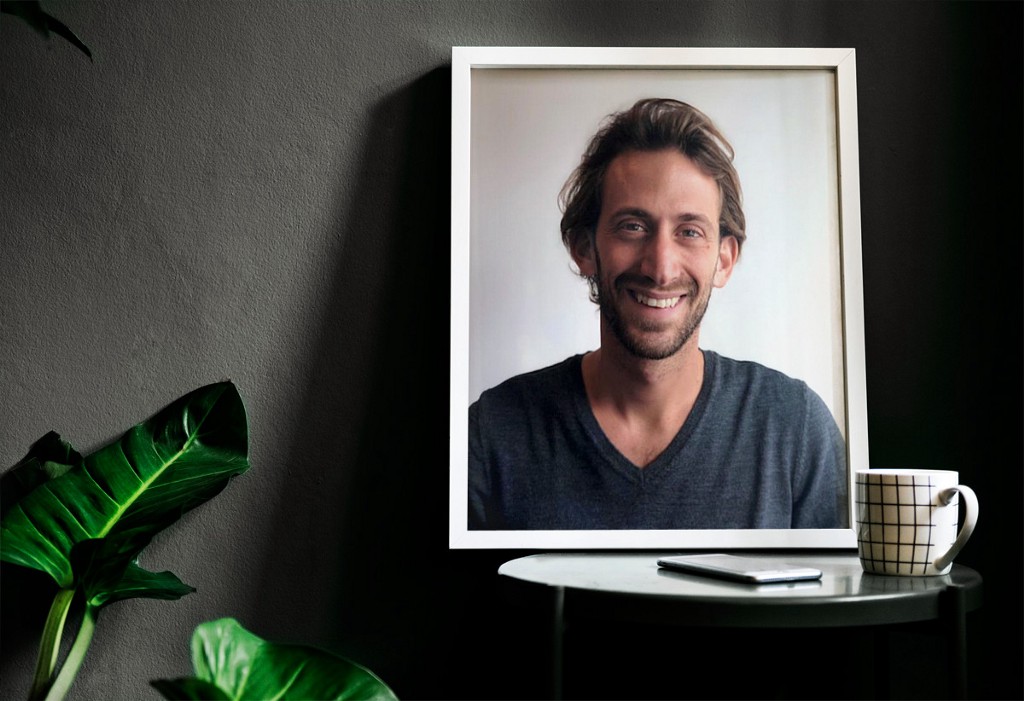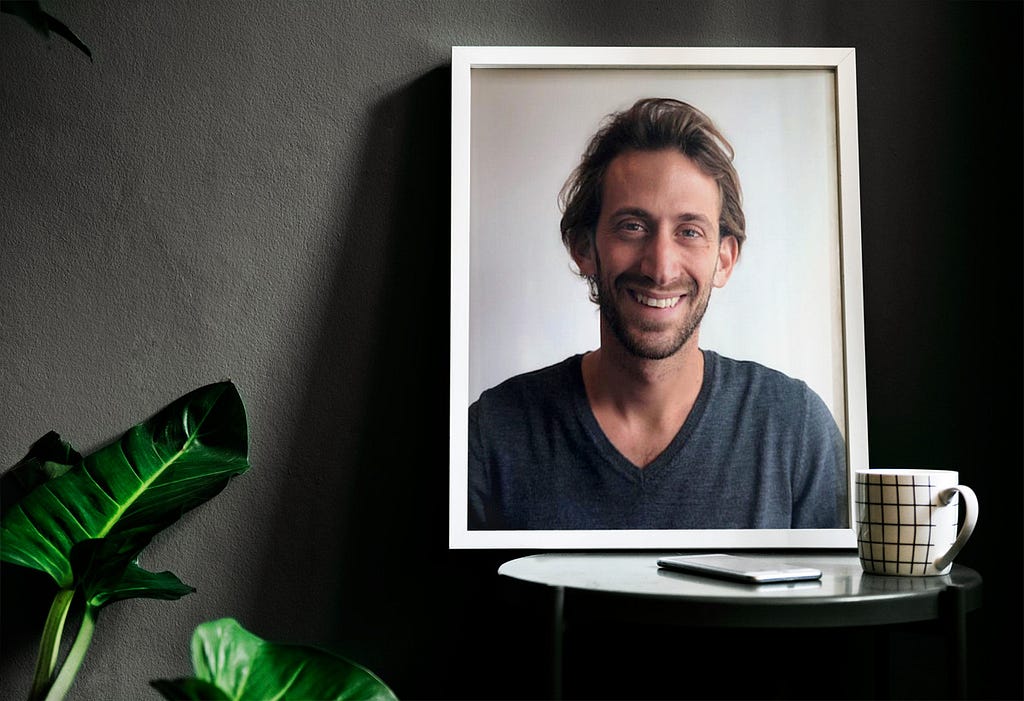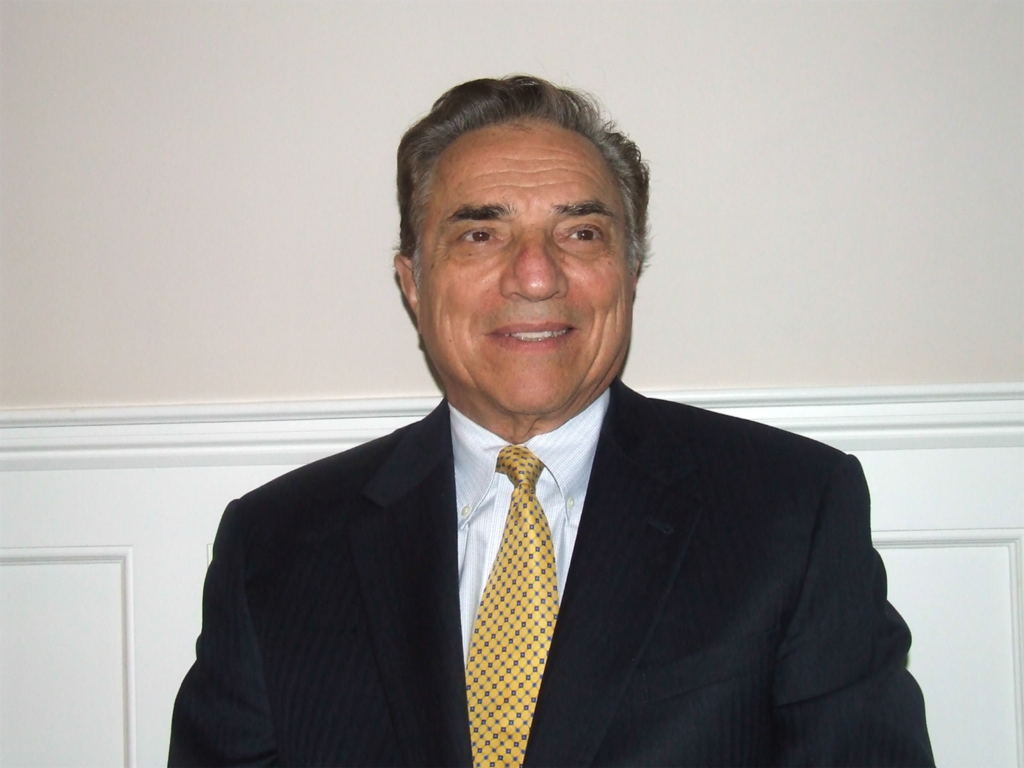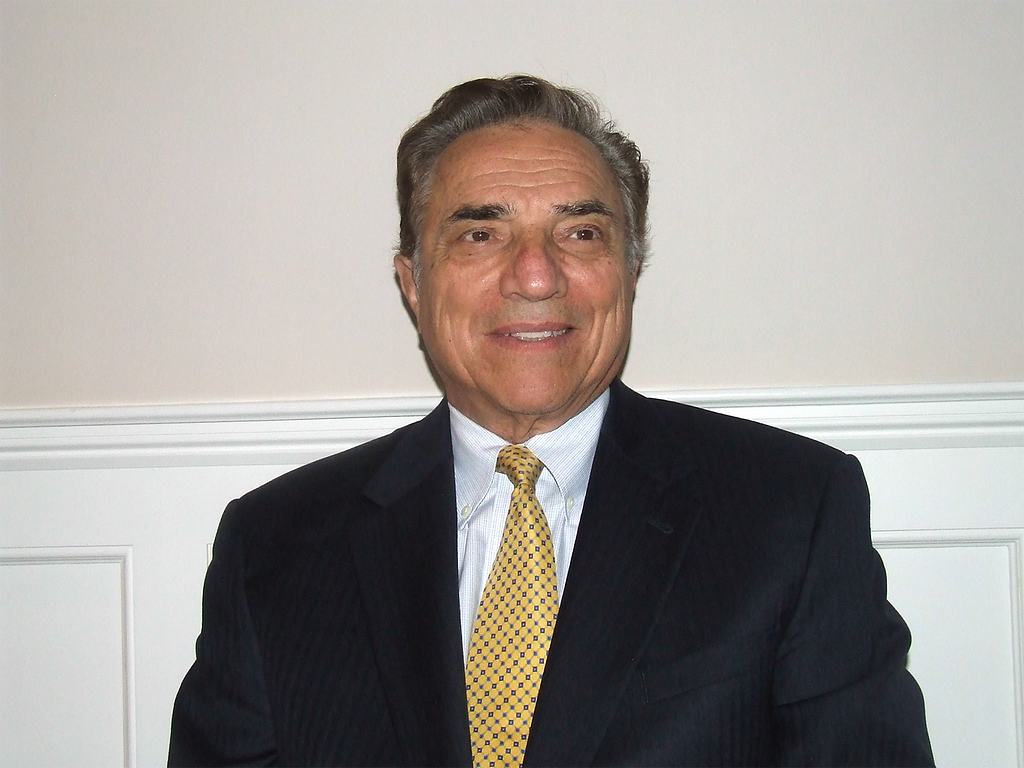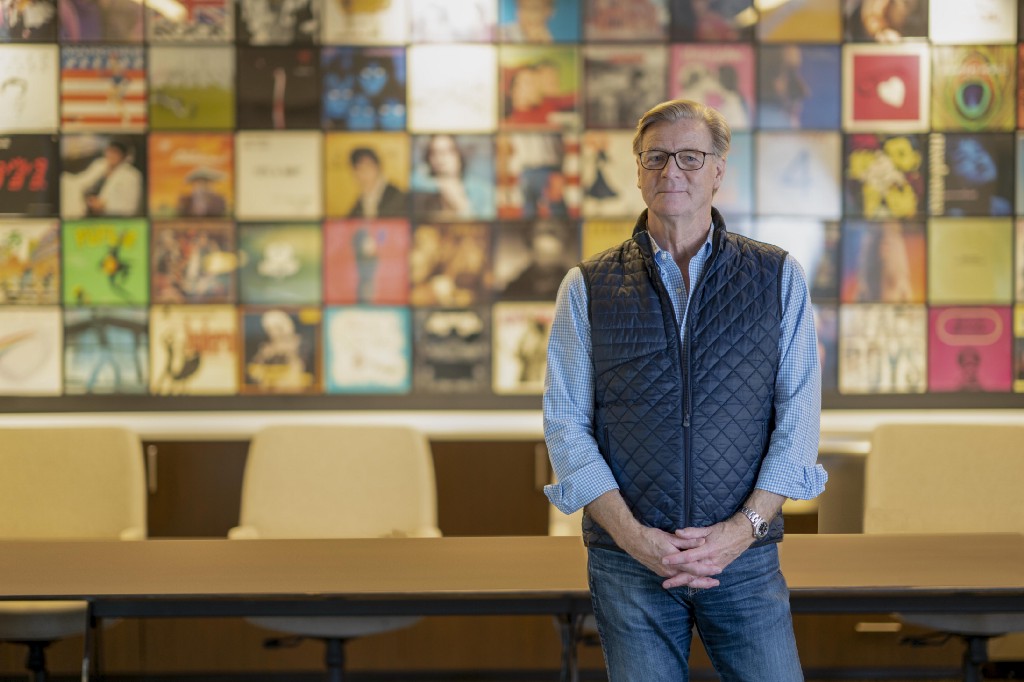Weekly video chat happy hours are a great way to create culture without having to break quarantine. Something we did which I thought was a cool little initiative — I gave everyone in the company a $25.00 reimbursable fund as long as the money spent was on supporting a local business. Ordering food from a local restaurant and tipping the driver well, or buying bands merch, etc. Whatever it was, I think things like that help staff to feel more involved in supporting the community, which is vital right now.
As a part of our series about the five things you need to successfully manage a remote team, I had the pleasure of interviewing Sam Saideman, Co-Founder and CEO of Innovo Management, LLC,
Sam drives his company’s vision and success by managing beloved artists YONAS, danny G, Sansol the Artist, and Sam Johnston. With a background ranging from performance and booking to publishing and marketing for a global distribution company, Sam has acquired a wealth of experience that he leverages in his daily management strategies.
Sam has directly created, implemented, and managed label budgets for marketing campaigns on projects that include Thompson Square, CeeLo Green, LIT, Cherub, Method Man, and more. In 2015, 2016, and 2019, the Nashville Chamber of Commerce and Nashville Entrepreneur Center nominated Sam for Young Entrepreneur of the Year. This followed awards and recognition from President Barack Obama and Nashville Mayor David Briley for his work in the community and execution of successful benefit concerts.
While Innovo has experienced over 200% year-over-year growth, the early days of the company and Sam’s discovery of his business acumen are what defines his entrepreneurial journey. As an immigrant from London, England who moved to New York in 2001, his lower-middle class upbringing taught him early on that there’s no substitute for hard work. By the age of 18, Sam had worked in real estate, property management, door-to-door sales, marketing, and any other educational opportunities that he could get his hands on. Living in an urban environment like New York, Sam was immediately immersed in the culture of Hip–Hop and decided to switch his focus away from general business and move it towards the music industry as an artist. At 19 years old, he had signed with an independent record label in Philadelphia. After being promised the world, he was given nothing, resulting in a legal battle over his work. At this point, Sam discovered his true passion; providing a place focused on fair treatment and artist-centered career development. One year later, along with his business partner Ian Rodriguez, Innovo Management was LLC’d.
Innovo Management now employs 8 staff members, all of whom handle digital marketing and release strategy for the company’s project management services, leaving Sam to fully focus on the artist management roster and general business growth. A three time college dropout who believes in a sink or swim mentality with low barrier to entry businesses, Sam Saideman passionately empowers artists to create sustainable careers.
Thank you so much for doing this with us Sam! Before we dig in, our readers would love to get to know you a bit better. What is your “backstory”?
In the spirit of keeping it short, I’m a Nashville based Entrepreneur and Artist Manager who Co-Founded Innovo Management in 2014. I was born in London, England and moved to New York when I was 7 years old. I used to make Hip-Hop music, and through a dispute with a label over ownership and budgets, I discovered my business tenacity. This led me to move to Nashville and pursue music business. Other than that, I have a puppy named Grace, a girlfriend named Molly, and I love to watch and play soccer, that’s basically it!
Can you share the most interesting story that happened to you since you started your career?
Hard to choose one, but I’d probably say getting to book a European headline run for a client without a booking agent handling was pretty…interesting. Also, getting to speak at Universities Entrepreneurship classes as a three-time college dropout is always an interesting experience. I try to never say no to opportunities to learn, teach, and create!
Can you share a story about the funniest mistake you made when you were first starting? Can you tell us what lesson you learned from that?
My Business partner, Ian and I started Innovo as transfer students at University. We used to store Innovo merchandise in our dorm room and every time we sold something, that cash would go in a little jewelry box in our dorm. We soon realized that a bank account would be a safer method to cash management, haha. Some of the best times of running a business are during those unknowns though! Blissful ignorance.
What advice would you give to other CEOs or founders to help their employees to thrive and avoid burnout?
Feed your employees. Feed them with opportunities to try things and learn, opportunities to make mistakes, and opportunities to create and manage their own ideas. I think something Ian and I have always done a good job of is making sure that our employees feel both valued as humans and valued as staff members. If someone has an idea, we give them the space, connections (if we have them,) and funds (if needed and justified) to run with those ideas. Our staff feels a sense of ownership behind Innovo. That’s vital to future growth! You can also feed them in the more literal sense! We try to do a monthly lunch on Innovo as well as an annual company retreat, which we just started in 2019!
Ok, let’s jump to the core of our interview. Some companies have many years of experience with managing a remote team. Others have just started this, due to the COVID-19 pandemic. Can you tell us how many years of experience you have managing remote teams?
Well the first few years of the business we had part-time staff that would go home for summer breaks and had to work remotely. We don’t love it because some of our best ideas come from being in an office together and breaking out into brainstorms, things that are frustrating us, etc. Up until recently, my Assistant has been remote as well. I always want to give people the freedom and flexibility to do those things, but it’s always a little bit harder to get the ancillary things done. I also find as a boss that I don’t delegate as well when I’m remote. I tend to just handle things rather than having to type out a whole explanation.
Managing a team remotely can be very different than managing a team that is in front of you. Can you articulate for our readers what the five main challenges are regarding managing a remote team? Can you give a story or example for each?
I touched on this a bit above, however I’d say the biggest is keeping the energy levels and enthusiasm as high as in-person. I’m blessed with a team now that I know will get the work done wherever they are, because they’re awesome and they truly believe in the mission of putting musicians first. I’d say some other struggles of managing a remote team include delegating effectively, staying in constant and close contact, and making sure that any internal frustrations are met and chatted about. It’s a lot easier to see how people are doing when you’re in an office together. Things tend to brew more behind the scenes when working remote for extended periods of time.
Based on your experience, what can one do to address or redress each of those challenges?
Check in with your staff frequently. Set up weekly check in calls and take the time out of your day to make sure staff have the right work on their plates and don’t feel underutilized or overworked.
In my experience, one of the trickiest parts of managing a remote team is giving honest feedback, in a way that doesn’t come across as too harsh. If someone is in front of you much of the nuance can be picked up in facial expressions and body language. But not when someone is remote. Can you give a few suggestions about how to best give constructive criticism to a remote employee?
Ooo, that’s a good one! I utilize video calls. My team has all had to download Skype over this break (I refuse to use a product as terrible as Zoom.) If I have to say anything that may be perceived as harsh, I always try to do it over a video chat so those indicators of it being constructive can still be picked up.
Can you specifically address how to give constructive feedback over email? How do you prevent the email from sounding too critical or harsh?
I provide extensive reasoning behind the feedback. If I feel like something wasn’t done properly, why do I feel it wasn’t done properly and what did I do to hinder the success of something? Sometimes it’s as simple as having unnecessary tasks on an employee’s plate. My team knows that the NY in me can sometimes be very direct, but they also know that if it sounds harsh it’s because I’m passionate about helping artists. Same way back to me.
Can you share any suggestions for teams who are used to working together on location but are forced to work remotely due to the pandemic. Are there potential obstacles one should avoid with a team that is just getting used to working remotely?
If you’ve never done it, set firm structure to it. Check in with everyone in the morning, set a weekly call, and make sure you’re supporting them more than you ever have. You don’t realize how often you’re being a team member when you’re in an office, until you’re not in an office for months! If you’re not intentional about it, people will feel undervalued quickly.
What do you suggest can be done to create a healthy and empowering work culture with a team that is remote and not physically together?
Weekly video chat happy hours are a great way to create culture without having to break quarantine. Something we did which I thought was a cool little initiative — I gave everyone in the company a $25.00 reimbursable fund as long as the money spent was on supporting a local business. Ordering food from a local restaurant and tipping the driver well, or buying bands merch, etc. Whatever it was, I think things like that help staff to feel more involved in supporting the community, which is vital right now.
You are a person of great influence. If you could inspire a movement that would bring the most amount of good to the most amount of people, what would that be? You never know what your idea can trigger. 🙂
I’m not sure about being “a person of great influence” however, I’m a pretty big advocate for mental health. I think with the growth of social media, more and more people are getting sucked into a hamster wheel of FOMO and weighing their lives against others. I try to use my social media platforms to post everyday life stuff rather than over glossing only the bullet point moments.
I’m constantly talking about being unapologetically yourself and am involved with charities such as the American Foundation for Suicide Prevention. The movement I’d hope to inspire would be centered around being yourself without the concerns of how others might react. If we did more of that, people would truly live life how they want to!
Can you please give us your favorite “Life Lesson Quote”? Can you share how that was relevant to you in your life?
“It’s not ready, aim, fire, it’s ready, fire, aim.”
That quote has resonated with me for years. It was a large catalyst for launching Innovo. I see people all the time strategizing for years and then by the time they’re ready to launch, they missed their time. I learn by doing. Throw me in the deep end and I’ll either sink or swim!
“If plan A doesn’t work, the alphabet has 25 more letters.”
Goes along with the quote above. Keep trying things and keep pivoting!
Thank you for these great insights!
Sam Saideman of Innovo Management: Five Things You Need To Successfully Manage A Remote Team was originally published in Authority Magazine on Medium, where people are continuing the conversation by highlighting and responding to this story.

